There’s a good reason why the capital of Spain is considered to be one of the most beautiful in the world. If cities could be likened to people, Madrid would look like a middle-aged man, handsome and noble, who’s never in a rush but is always on time. It’s pretty modern and tidy, even despite the vast number of tourists. Madrid is located at the very heart of the Iberian Peninsula. After visiting it, I can safely say that this is my second favourite city after Edinburgh, and I would come there over and over again. Madrid is more than just a capital, it’s a hub of immense cultural heritage, so you should dedicate at least a week to it. However, even that would not be enough to get thoroughly acquainted with the proud and beautiful city. This is my list of places that you must visit during your first trip.
- 1. The Prado National Museum
- 2. The Market of San Miguel
- 3. Plaza de Toros de Las Ventas
- 4. The Santiago Bernabéu Stadium
- 5. The Madrid Zoo
- 6. Plaza de España
- 7. The Puerta de Alcalá
1. The Prado National Museum
It’s equal to the Louvre and the Hermitage in its significance and is among the twenty most visited museums in the world. The paintings of great artists are gathered here: Francisco Goya, Hieronymus Bosch, Diego Velázquez, Sandro Botticelli, Peter Paul Rubens, and other representatives of the Spanish, Italian, French, German, and British art. It’s best to prepare for the visit in advance if you don’t want to stand in a long queue. Buy tickets online on the official site: https://www.museodelprado.es/ Come before lunch to have at least 3 to 4 hours in reserve. Around 9,000 paintings and 700 sculptures are collected in the Prado Museum. It was opened in 1819 and, at first, was used by the Spanish monarchs to store their collection. This is how it came to hold such an abundant exposition by modern standards.
2. The Market of San Miguel
When you get exhausted from visiting cultural sites, it’s a great time to refresh yourself at the most extraordinary covered market in the city centre. Food from all around the world is sold here. It’s nothing short of a gastronomical Mecca. Each year, over 10 million tourists visit this place to try various delicacies and traditional Spanish meals. This is where you can have a taste of the best Iberian ham, the freshest seafood, different kinds of cheese from the most distant regions of the country, wine, paella, tapas, croquettes, sweets, etc. Make sure to come here hungry because only an empty stomach will let you try the most food. Apart from ordinary food stands, there are also small restaurants where you can enjoy a glass of Spanish wine or sangria with fresh oysters. There will be a lot of tourists and locals at any part of the day so keep a close eye on your belongings and hide your phone and money as well as you can to avoid getting pickpocketed. You can check the working hours of the market on its official site: http://mercadodesanmiguel.es/
3. Plaza de Toros de Las Ventas
Bullfighting is a national pride of Spain and one of the most spectacular events in the world. Today, it’s often condemned by the animal rights movement, but that doesn’t affect the quantity and scope of these events in Spain. People from many different countries come to see them with their own eyes. At first, bullfighting was held on the city squares. In time, however, round arenas were built that prevent the animals from hiding in a corner. They are shaped similarly to the Roman amphitheatres. The prime bullfighting arena in Madrid is Las Ventas, built in 1929, that can seat up to 25 thousand people. Bullfights are held from May till October. Details on all the events are available on the official website: https://www.las-ventas.com/. The grandeur is felt at the entrance, where you can see bronze statues of bulls and two monuments dedicated to bullfighters: Antonio Bienvenida, who killed over 2,000 bulls throughout his life and was killed by a cow that protected its calf, and José Cubero, who died in the ring of Las Ventas in 1985. There is also a bronze bust of the Scottish scientist Alexander Fleming who discovered the antibiotic known as penicillin. It was placed as a sign of gratitude from all the bullfighters since the discovery saved the lives of many who were wounded during the fights and could die from a blood infection. Inside, there is a bullfighting museum where you can see the traditional costumes, swords, and portraits of the most famous bullfighters, as well as the heads of some of the bulls killed. The size of the heads is astounding. It is said that bullfighting is more popular than another national passion of the Spanish, soccer. By the way, bullfighting is prohibited on the Canary Islands and in Catalonia.
4. The Santiago Bernabéu Stadium
The Spanish have the love for soccer in their blood. From the youngest age, boys play this game wherever they can: on the squares, streets, lawns, in the yards, at the stadiums, etc. Thanks to that, Spain has one of the strongest national teams, as well as many great soccer clubs. The legendary Santiago Bernabéu Stadium, the home arena of the famous Real Madrid, is located in the capital. It is among the top 10 stadiums in the world and was ranked as a five-star stadium by the UEFA. The Santiago Bernabéu has a seating capacity of around 80 thousand, with VIP areas, great acoustics, and large screens. Simply put, it has everything you need to enjoy the game. So, even if you’re not a fan of soccer, do see what teams are playing at the stadium and watch a game while you’re in Madrid. We were lucky enough to buy a ticket for Real Madrid vs Atlético Madrid. This allowed us to feel the marvellous atmosphere of a full stadium. It was raining, but we still enjoyed the event to the fullest. Check the game schedule in advance. You can only buy tickets at the last moment from second-hand dealers who charge an exorbitant price for them. https://www.realmadrid.com/en/santiago-bernabeu-stadium
5. The Madrid Zoo
Even if you’ve been to many European zoos, don’t pass up on the opportunity to visit the one in Madrid. It was opened in 1770 and is one of the oldest zoos in the world. It also stands out because it’s not only a zoo but also an aquarium. This is why it’s often called the zoo aquarium. There are over 6,000 mammals, birds, and reptiles inhabiting the territory of 20 hectares, plus the dolphins in the dolphinarium. The calling card of the place, however, are the pandas. Not every zoo can boast such distinguished inhabitants. In 1982, it became the first place in Europe where a baby panda was born in captivity. The number of the adorable bears has been increasing since then. We were also lucky enough to see a little panda delightfully playing with its mother. The zoo also houses other species that can be rarely seen elsewhere: red pandas, koalas, Indian rhinos, okapis, Bengal tigers, gorillas, rare kinds of fishes and birds. Both adults and children can enjoy this place. The ticket price and the schedule of the dolphin show are available on the zoo’s official site: https://www.zoomadrid.com/
6. Plaza de España
This is one of Madrid’s central squares, and it’s also the biggest one in the country. There is a monument to the famous Spanish writer Miguel de Cervantes and his main characters – Don Quixote and Sancho Panza. The square is surrounded by buildings that are the calling cards of Madrid: the Torre de Madrid (one of the tallest buildings in Europe), the House of Gallardo, and the Edificio España. Above the writer, at the very top of the monument, is a globe with five continents that represent the spread of the Spanish language across the world. The Spanish love Cervantes so much that practically every city in Spain has a street named after him. Plaza de España is a great place where you can take a seat on a sunny day to watch the fountains and the people running around, minding their own business.
7. The Puerta de Alcalá
The gate is located in the Plaza de la Independencia and is an architectural symbol of Madrid. In the past, it was the main entrance into the city. There were five entry gates total. Later, the ramparts adjacent to them were taken down, and the gates were expanded and fortified. Fans of architecture will appreciate the combination of the baroque and classical styles. The square where the Puerta de Alcalá is located divides a street of the same name. This is the longest street in the city. These sites are depicted on souvenirs and postcards, which shows how much they are loved by the Spanish.
It takes a lot of time to see all the sights in Madrid. One week wasn’t enough for us. It’s a city that you’ll want to visit again and again. If you, like me, believe in good luck, find a frog statue in the city and rub its leg. Then you’ll have the fortune to come back to Madrid.

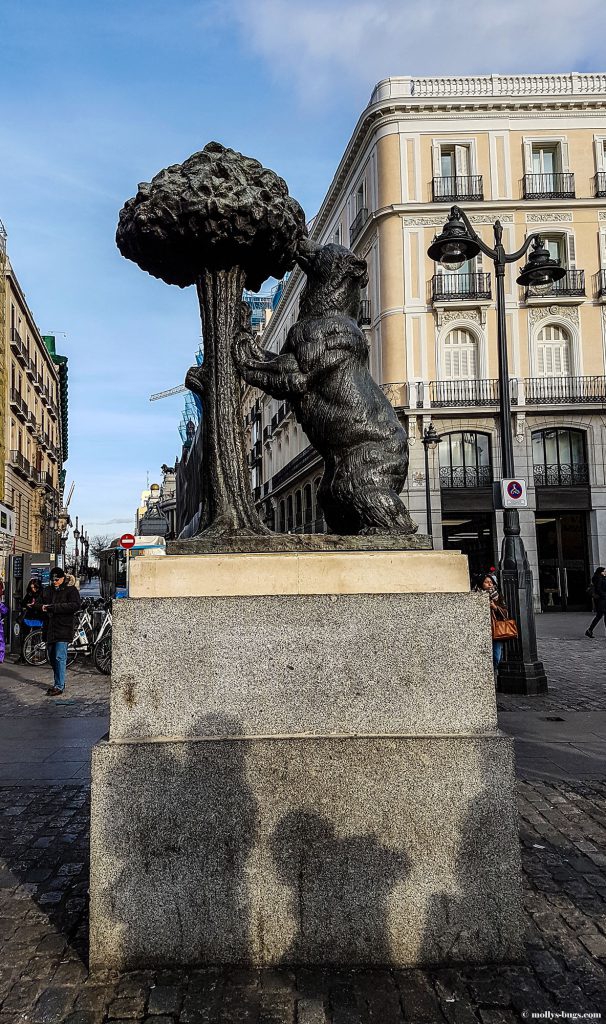
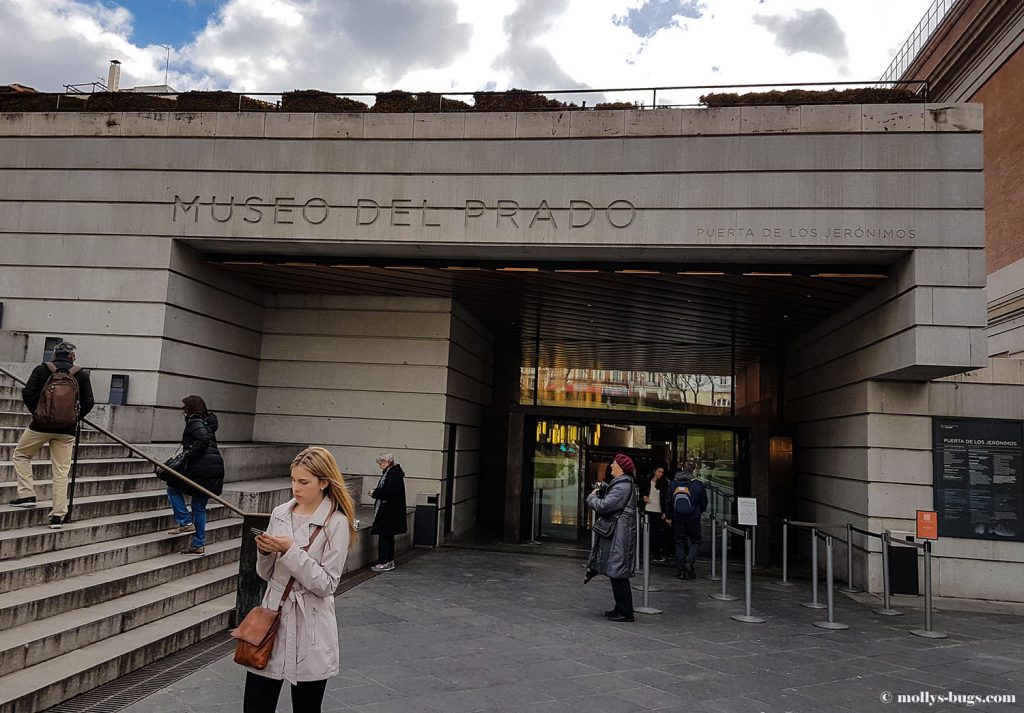
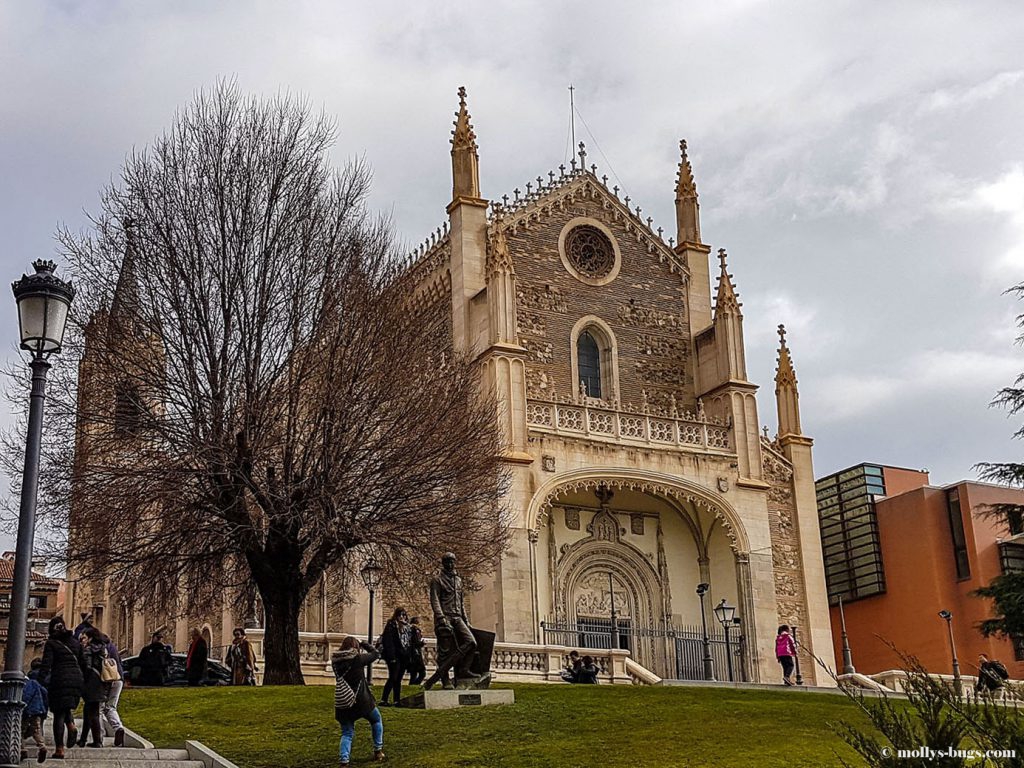
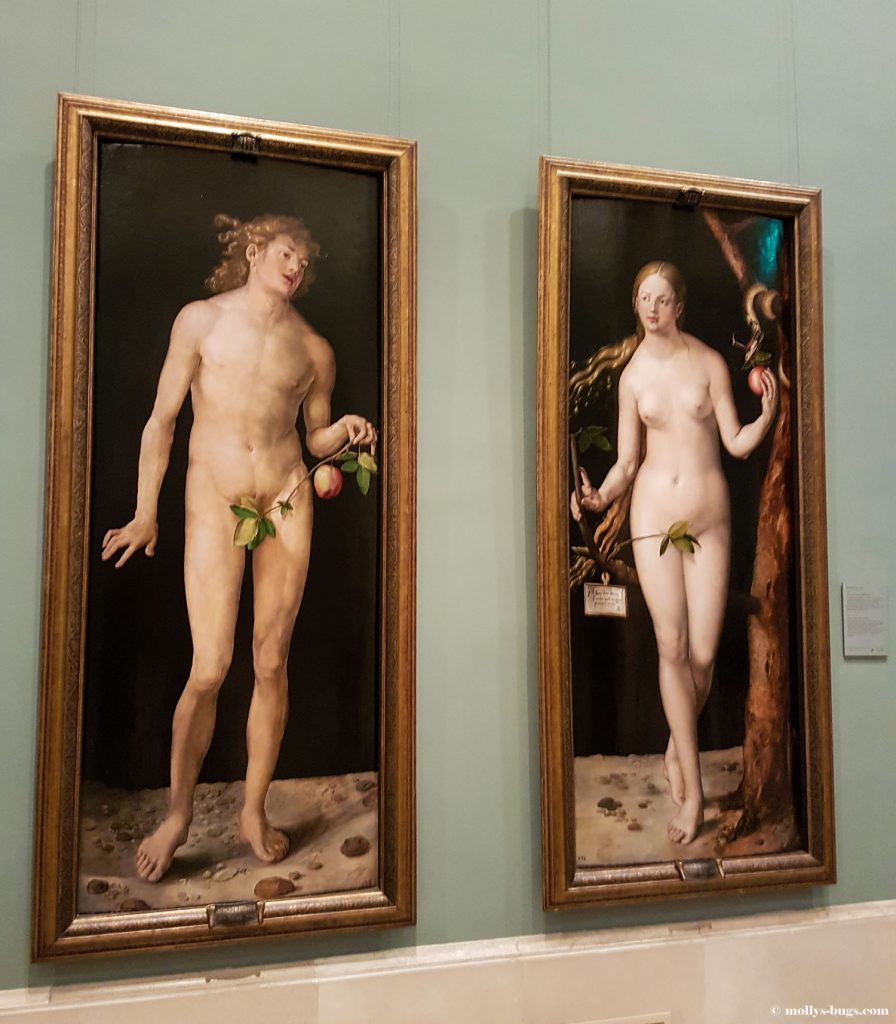
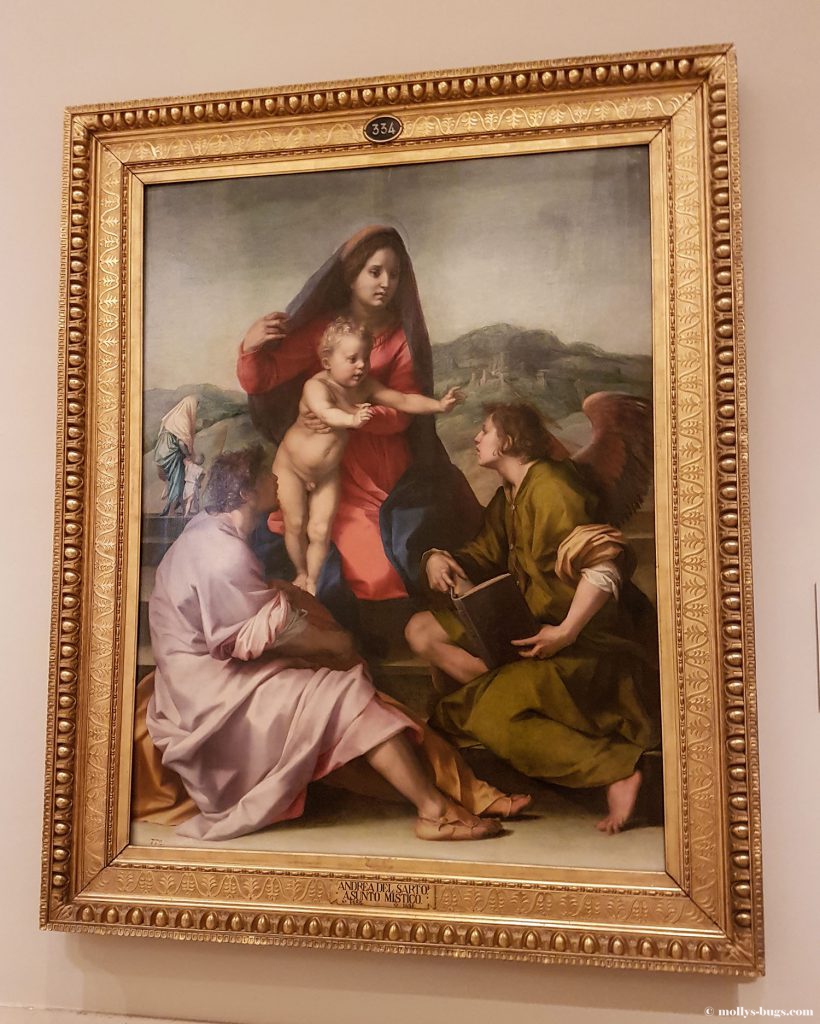
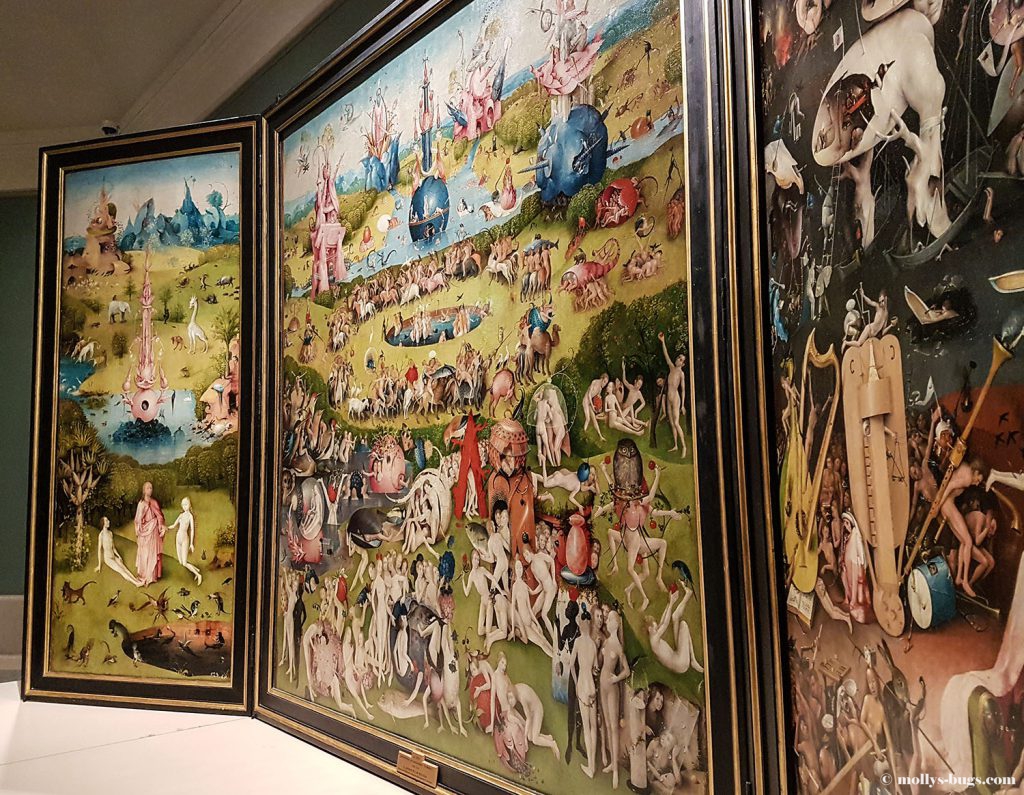
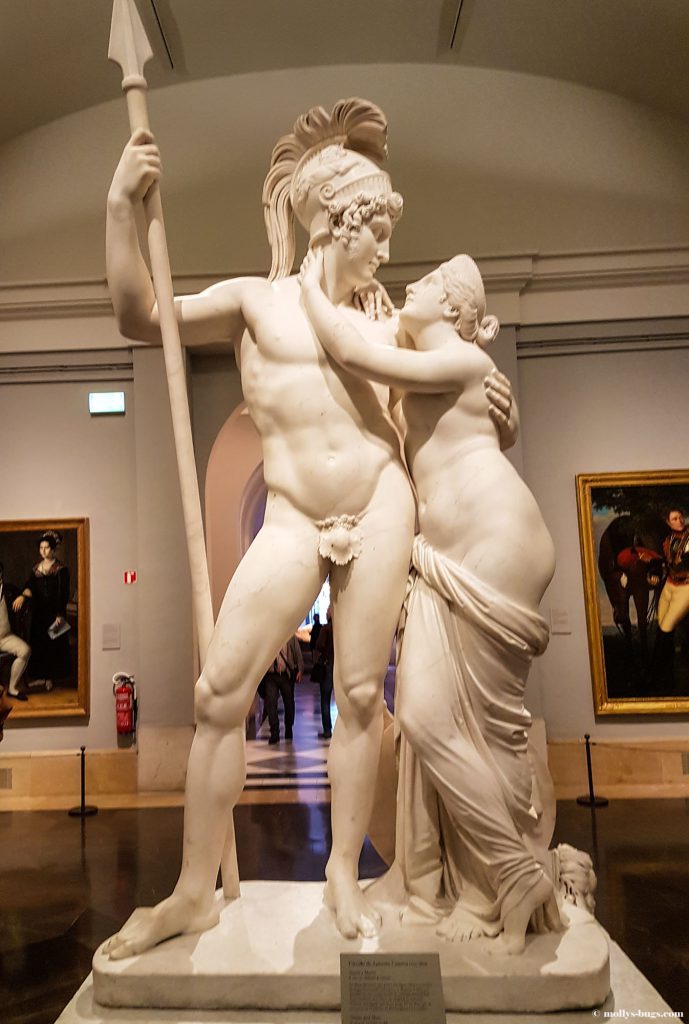
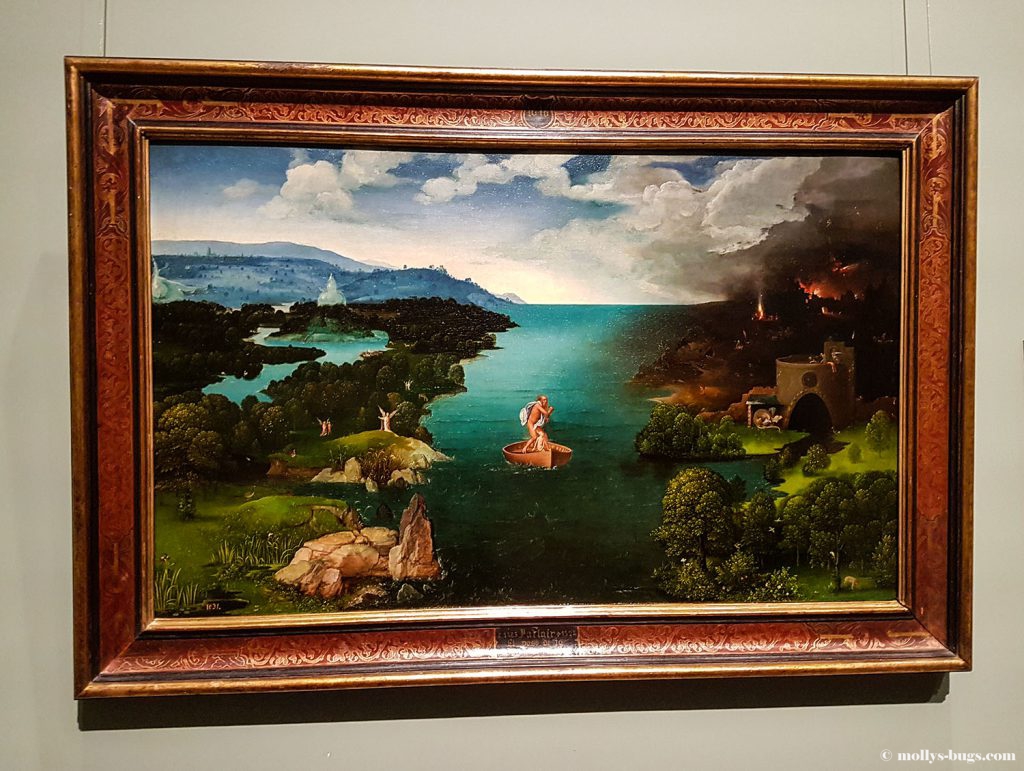
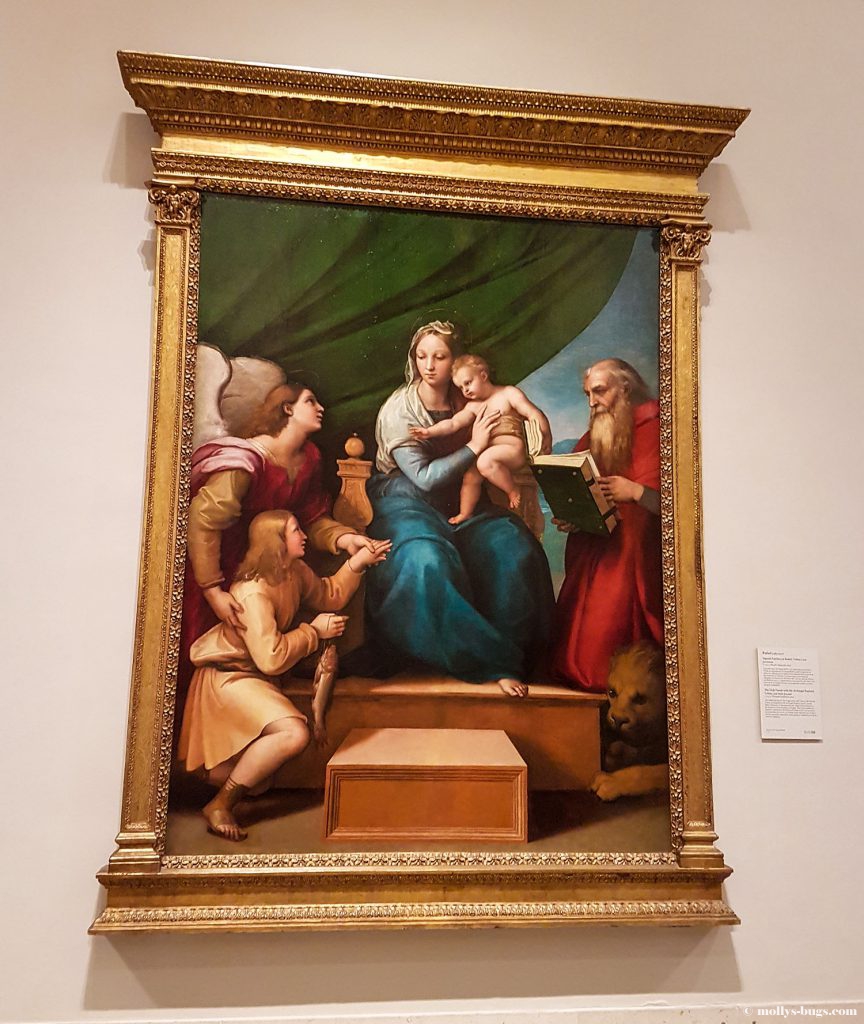
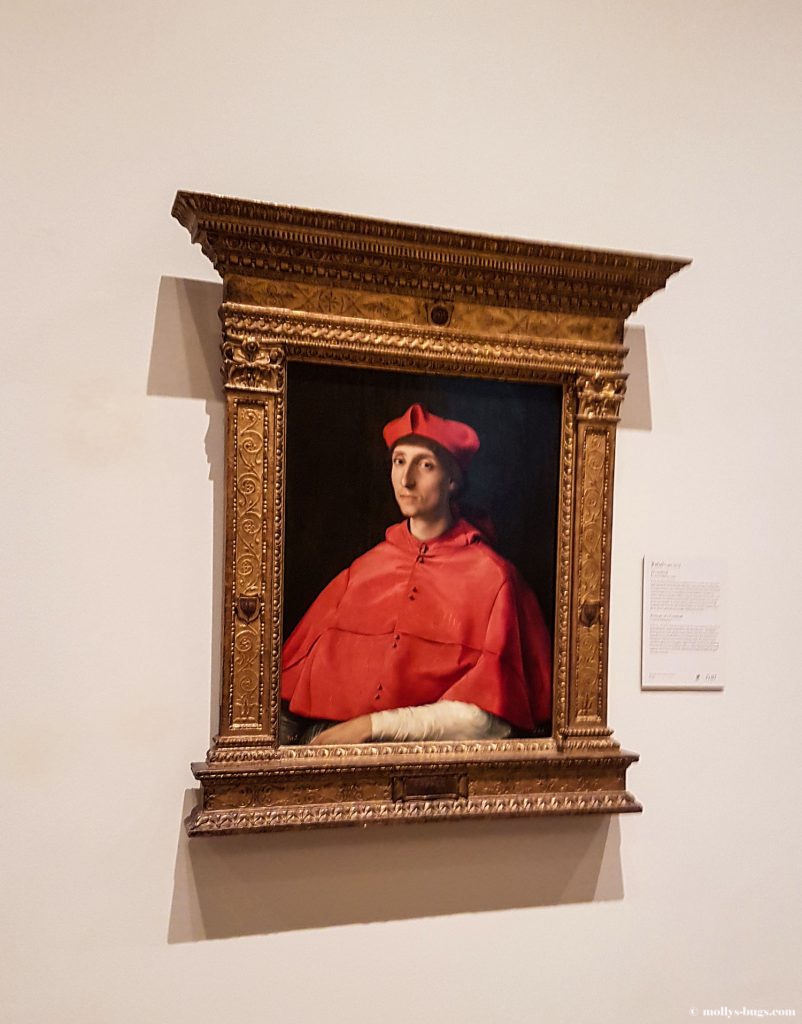
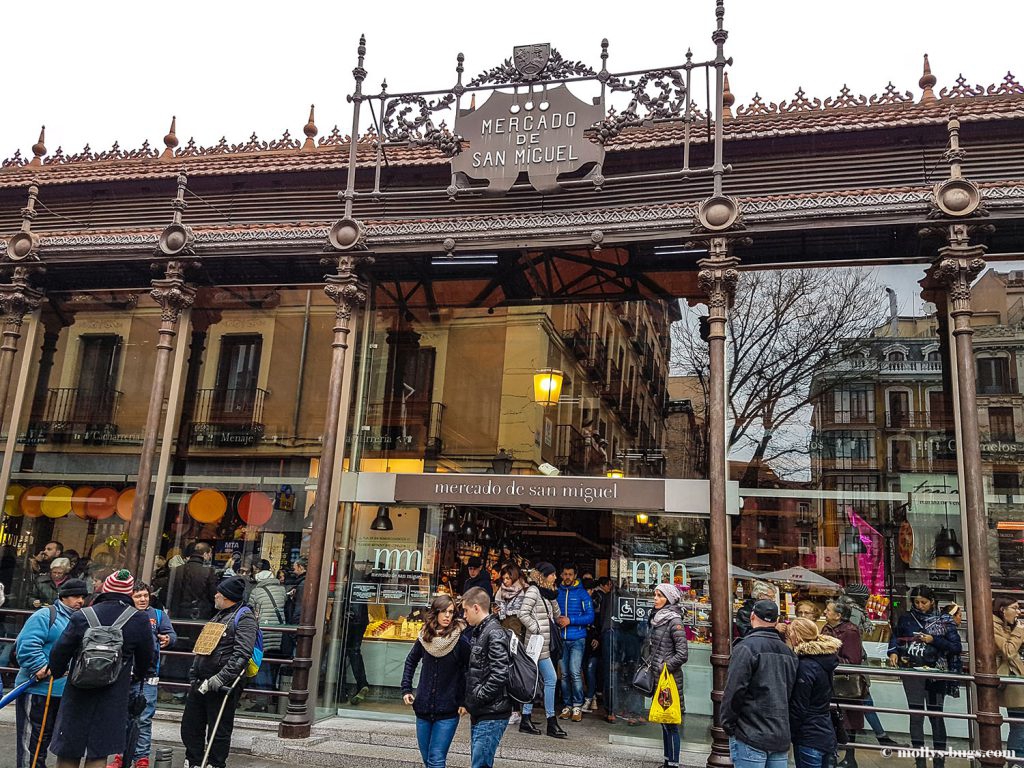
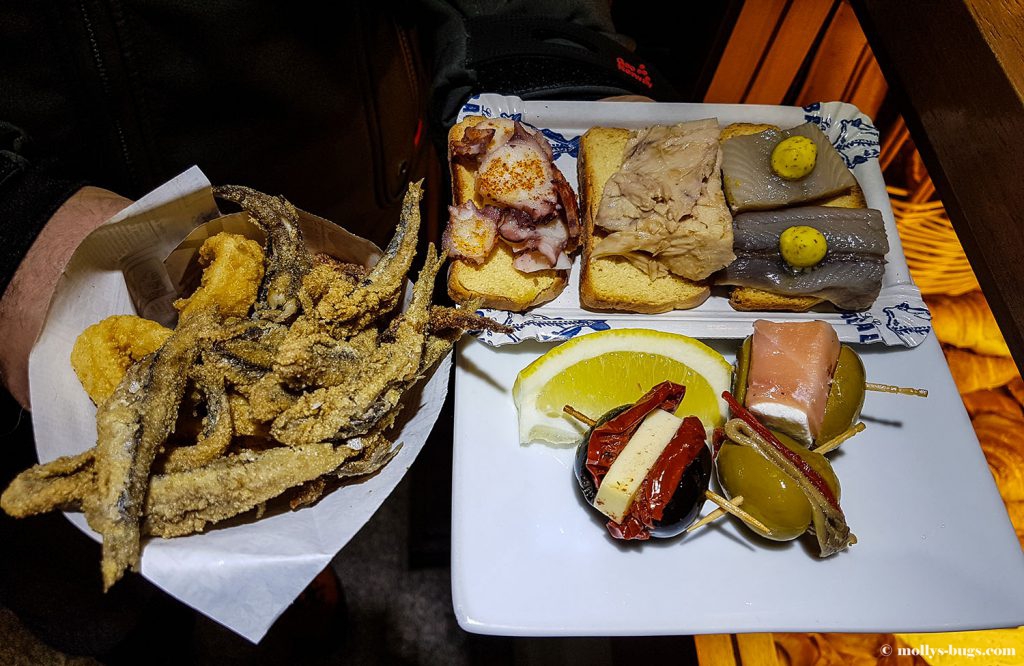
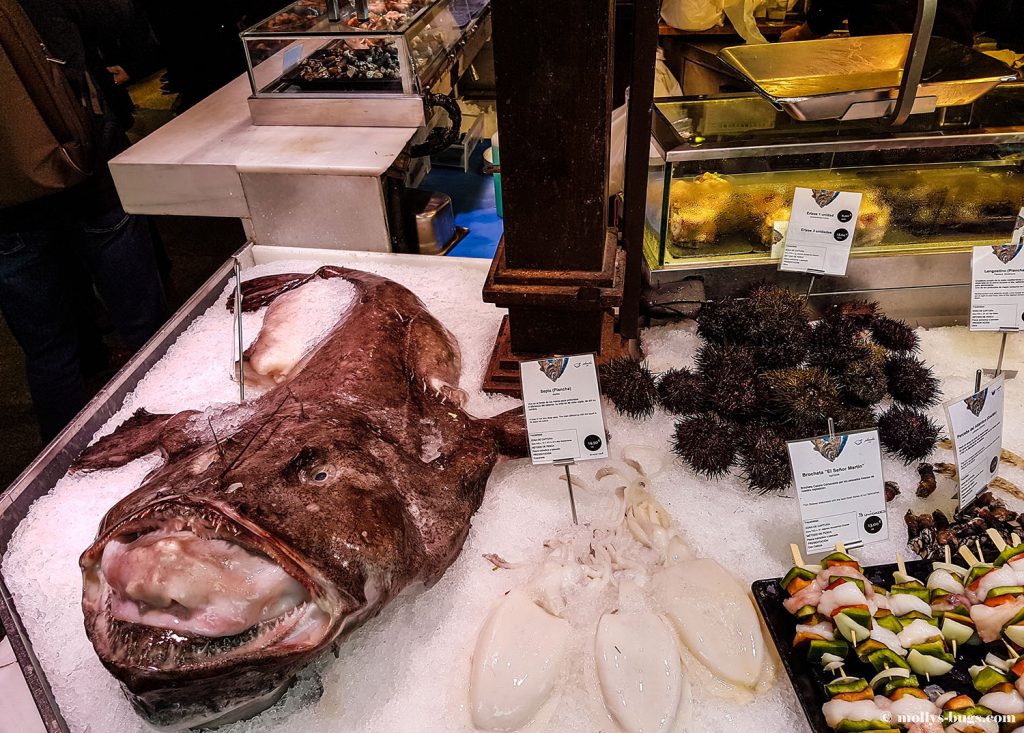
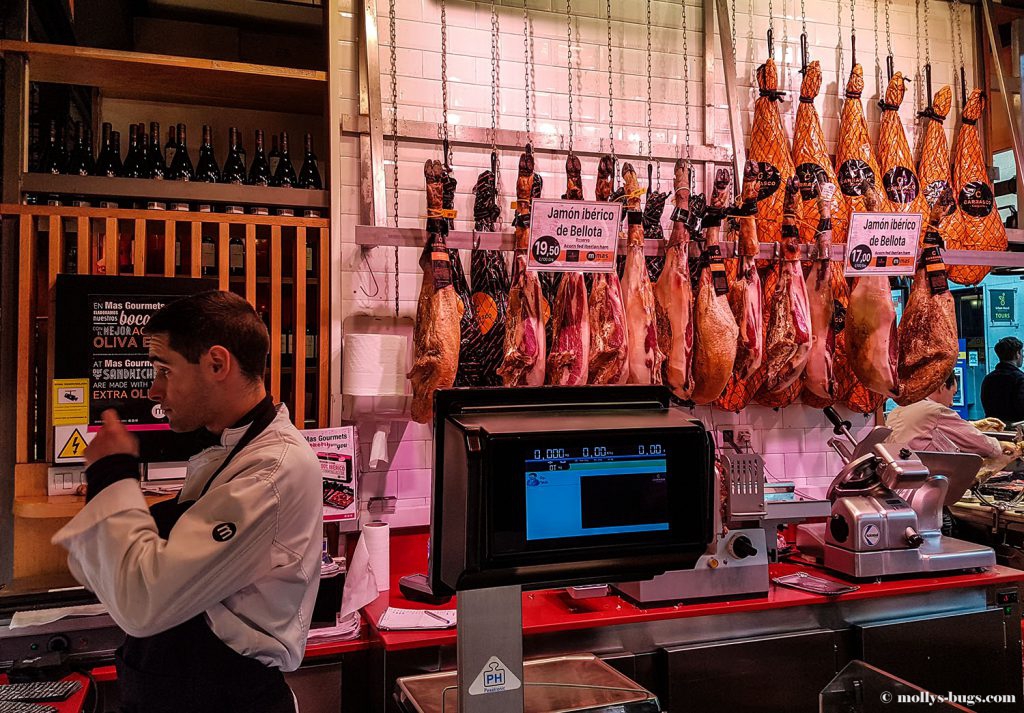
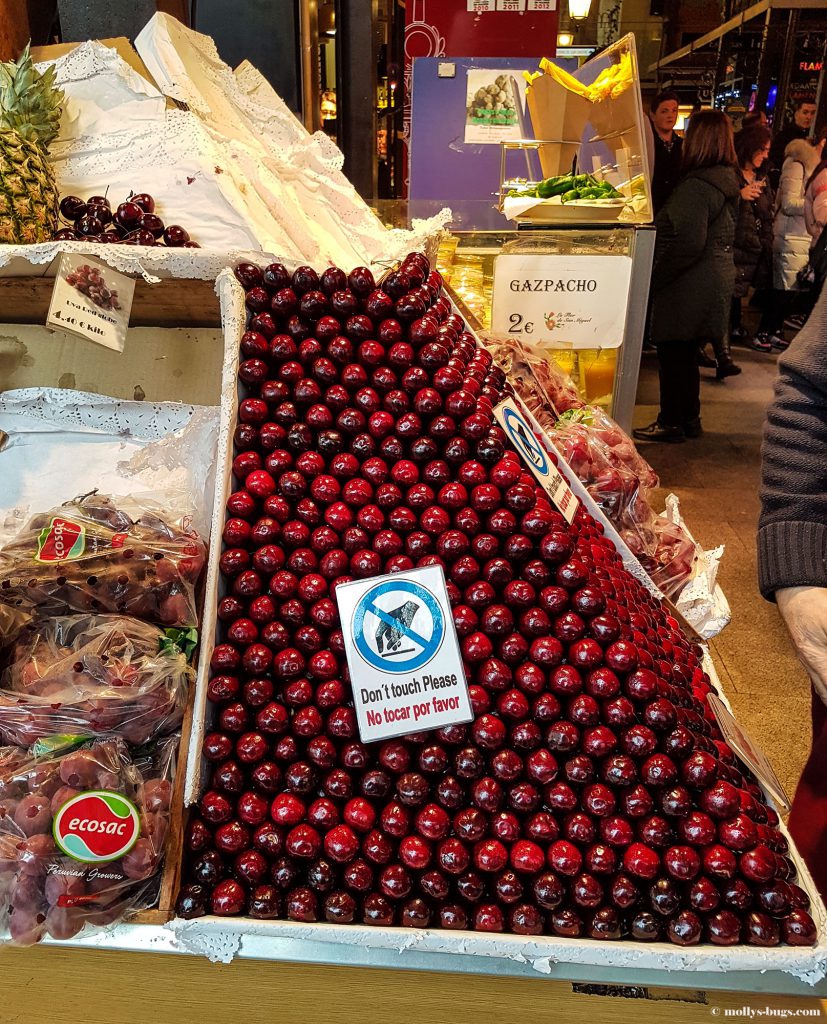
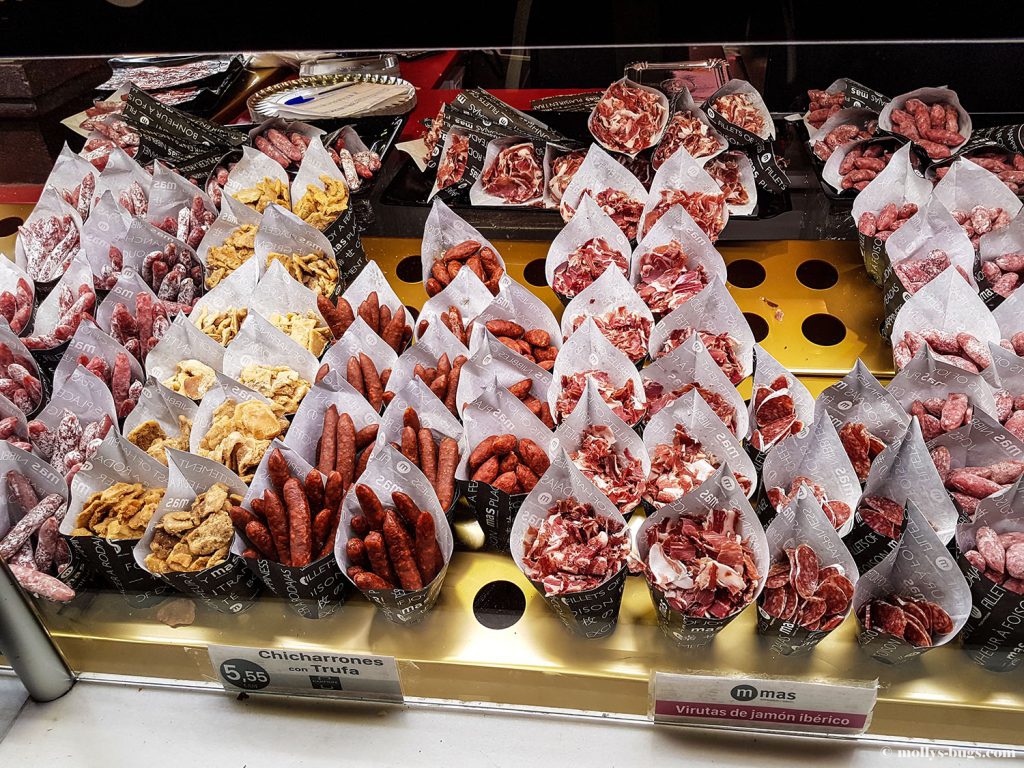
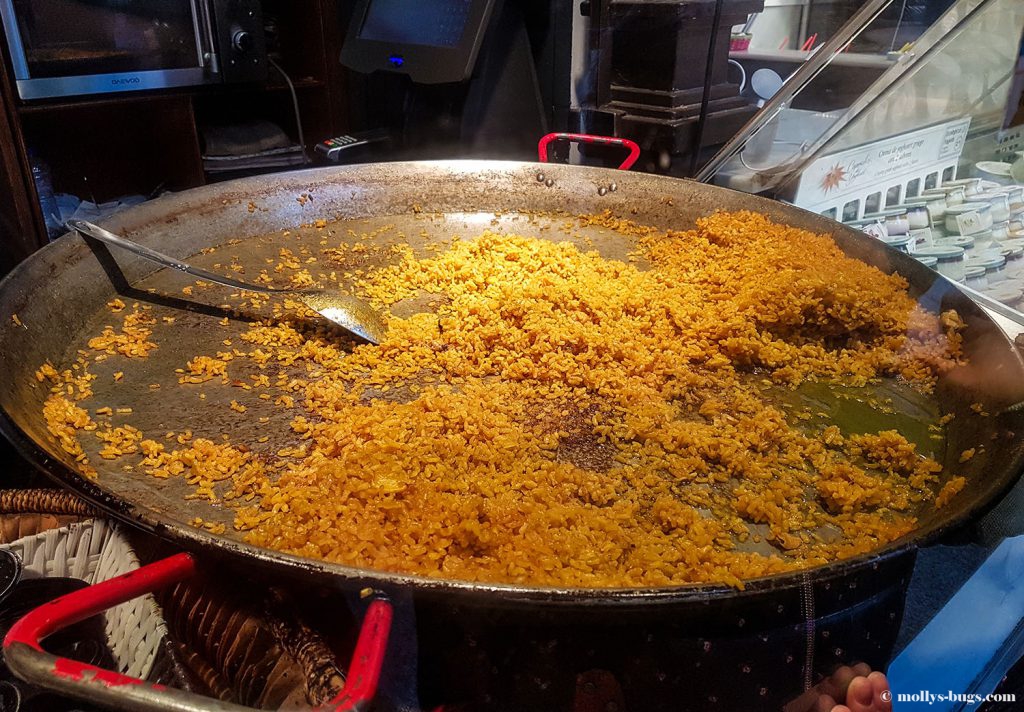
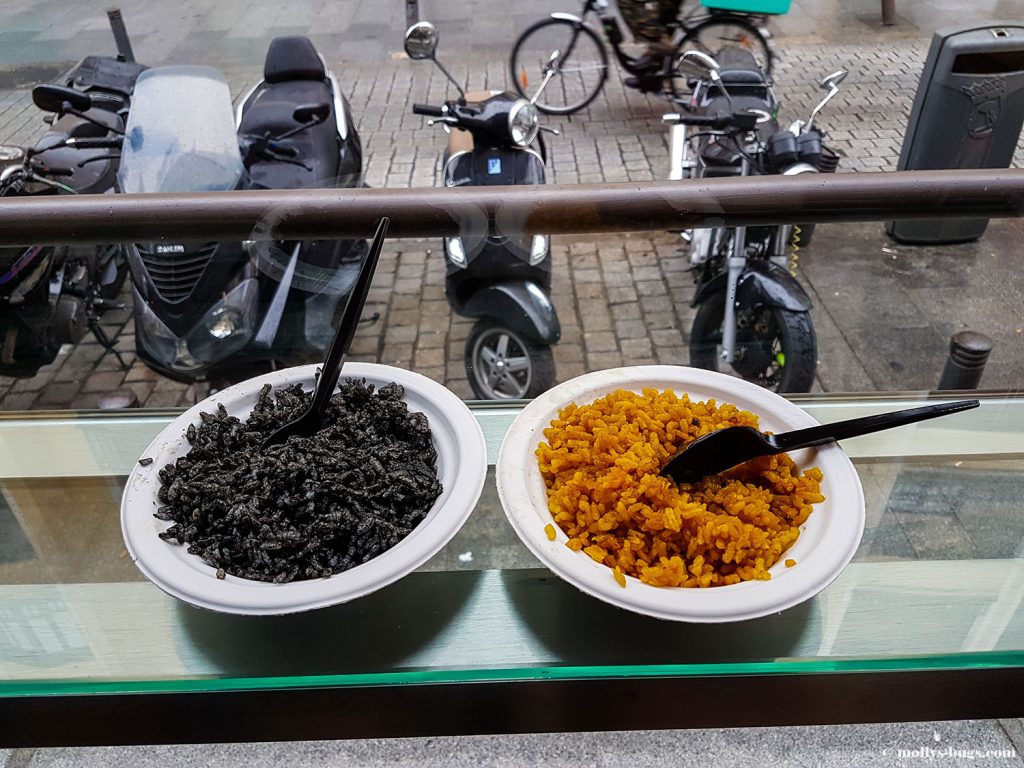
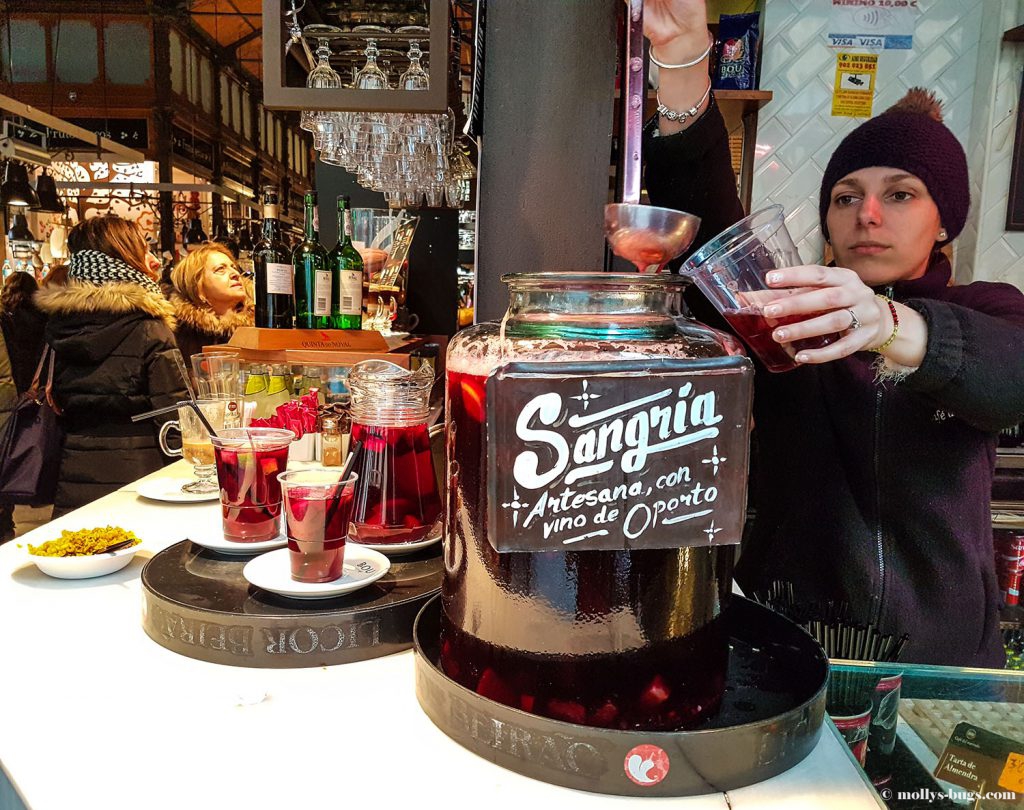
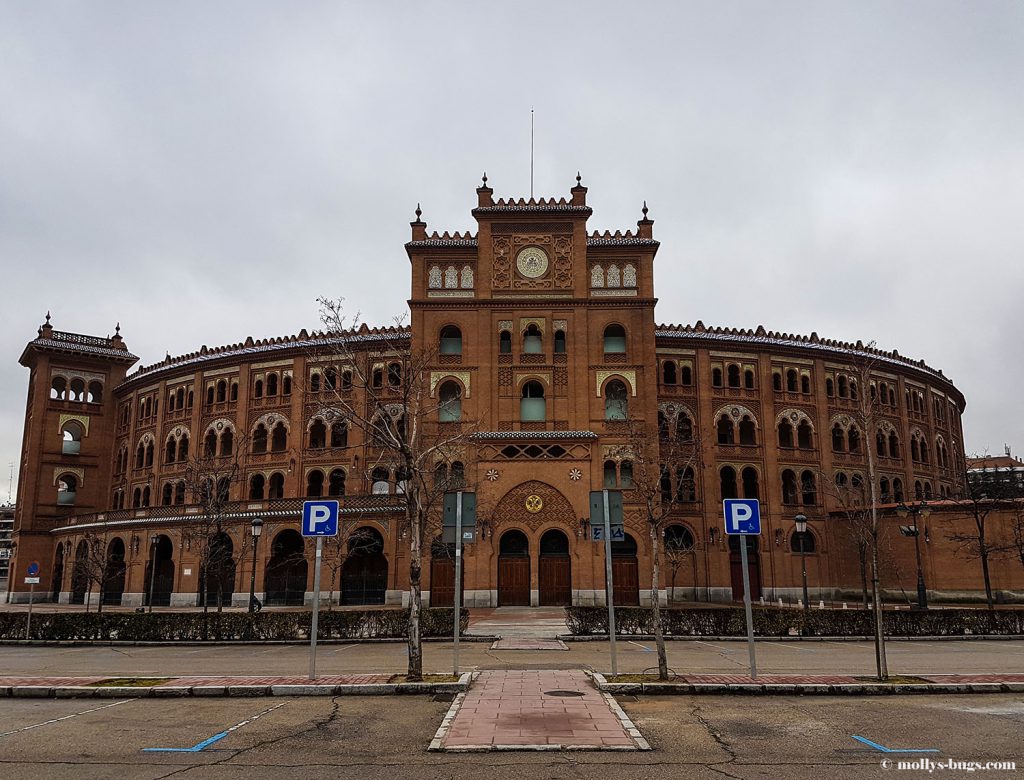
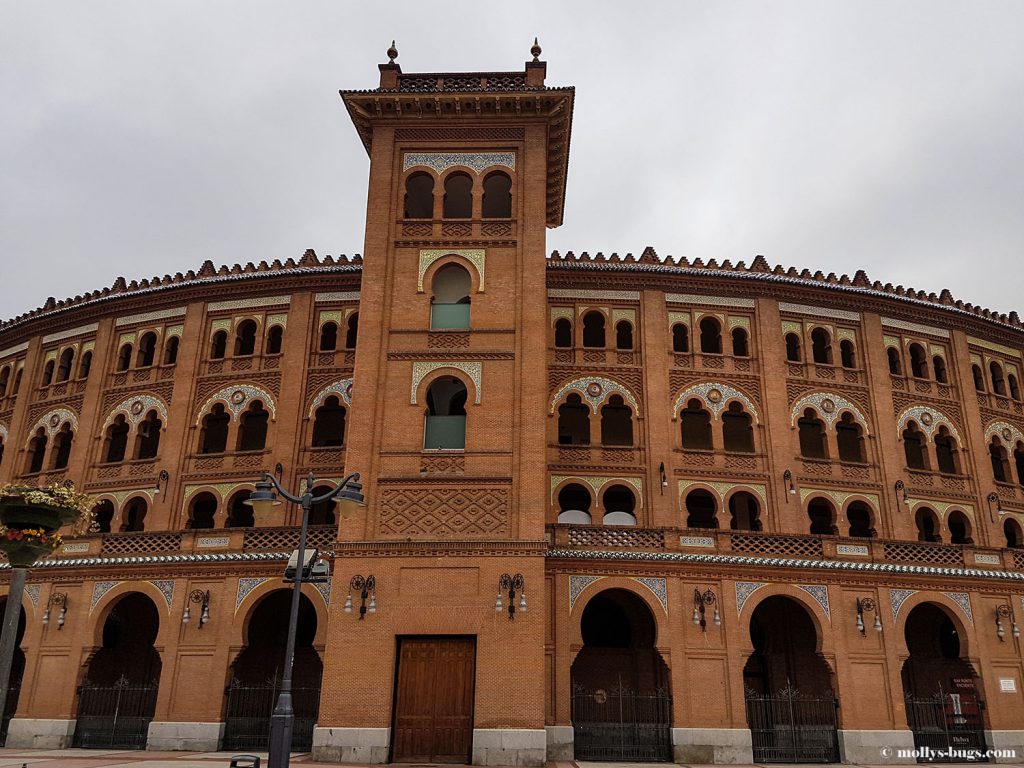
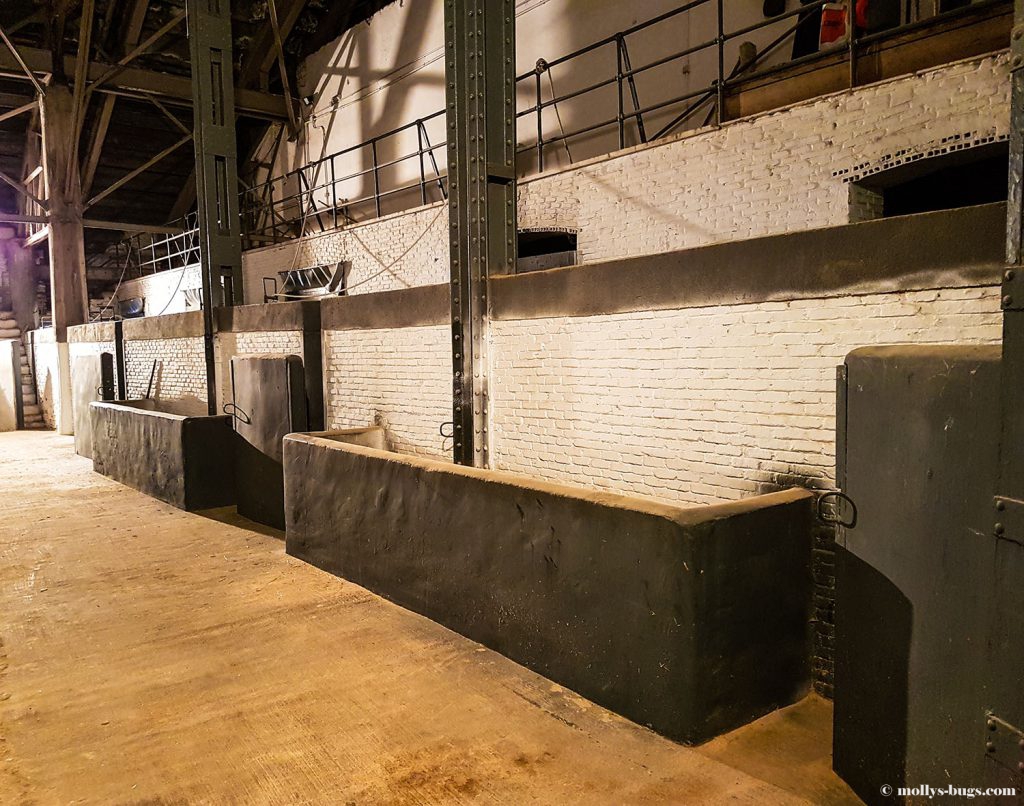
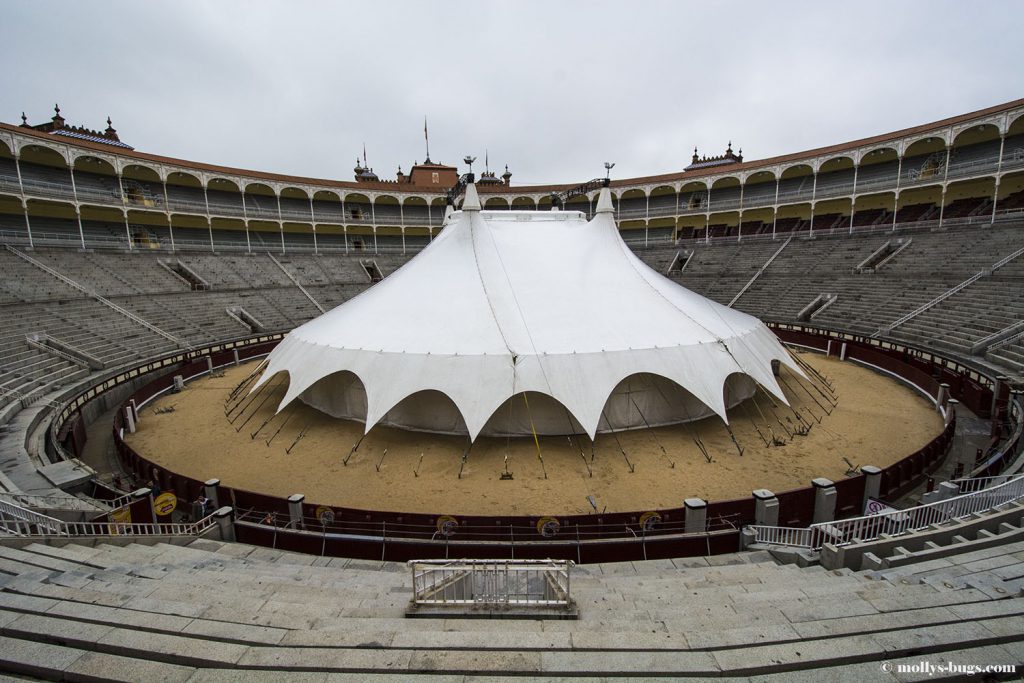
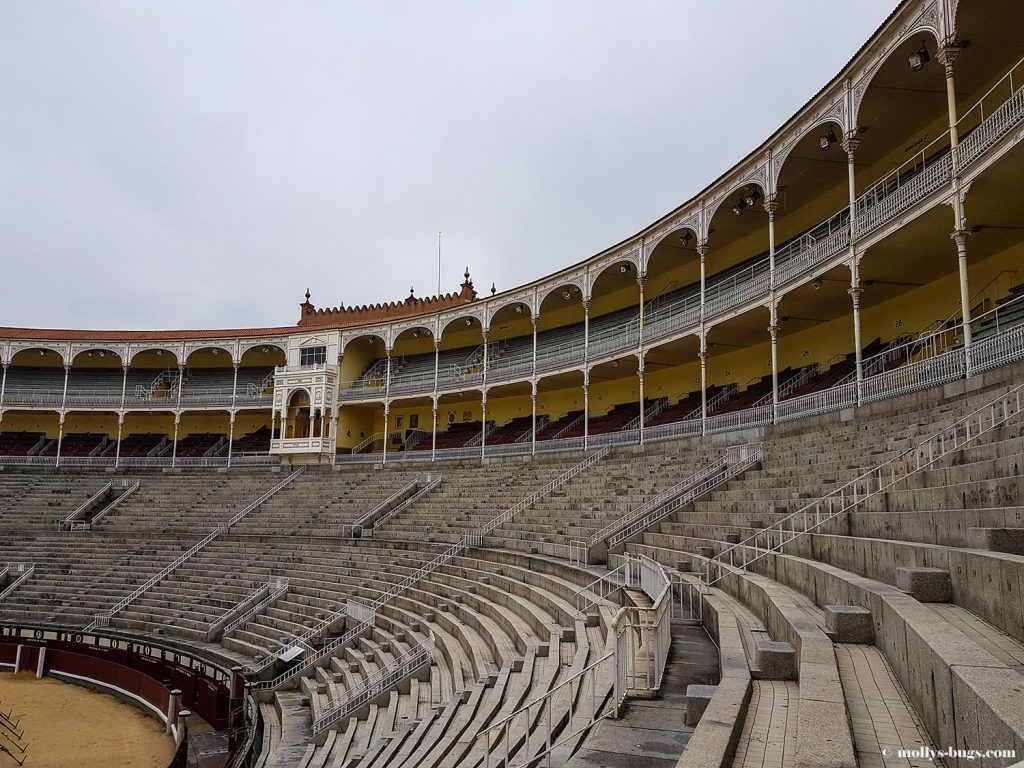
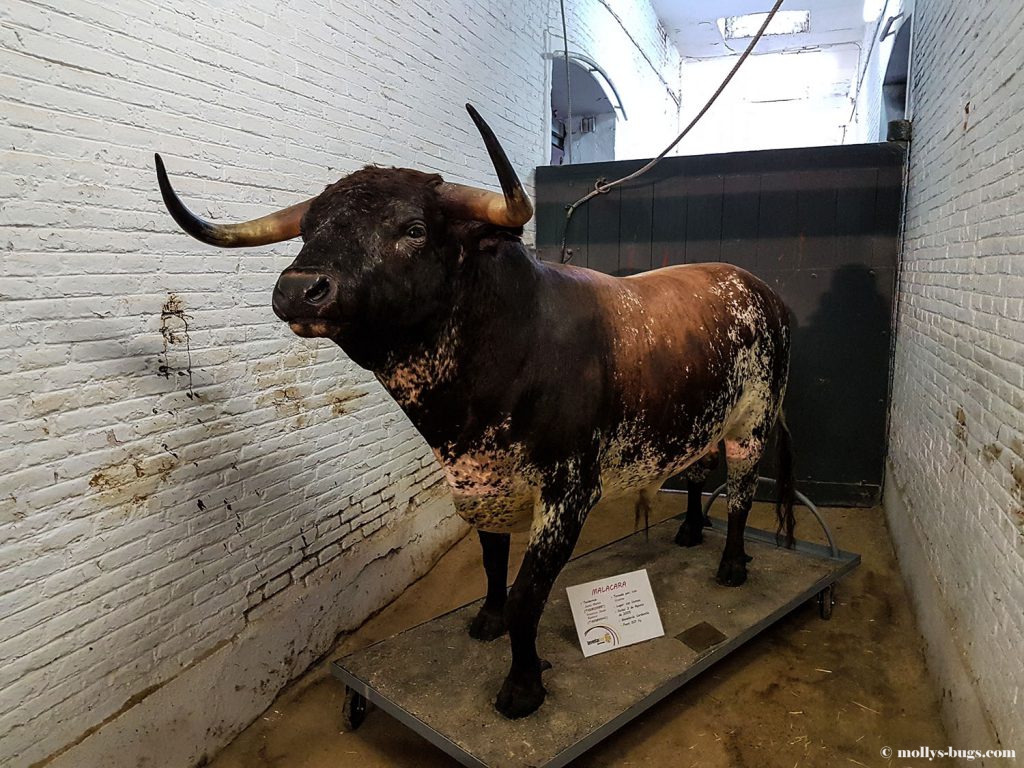
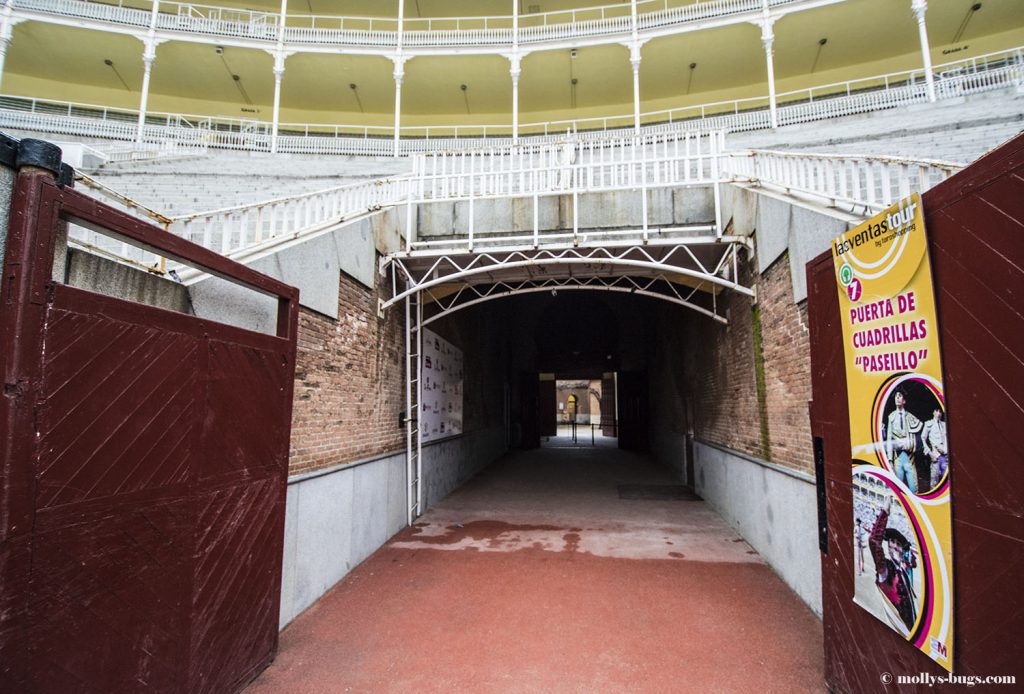
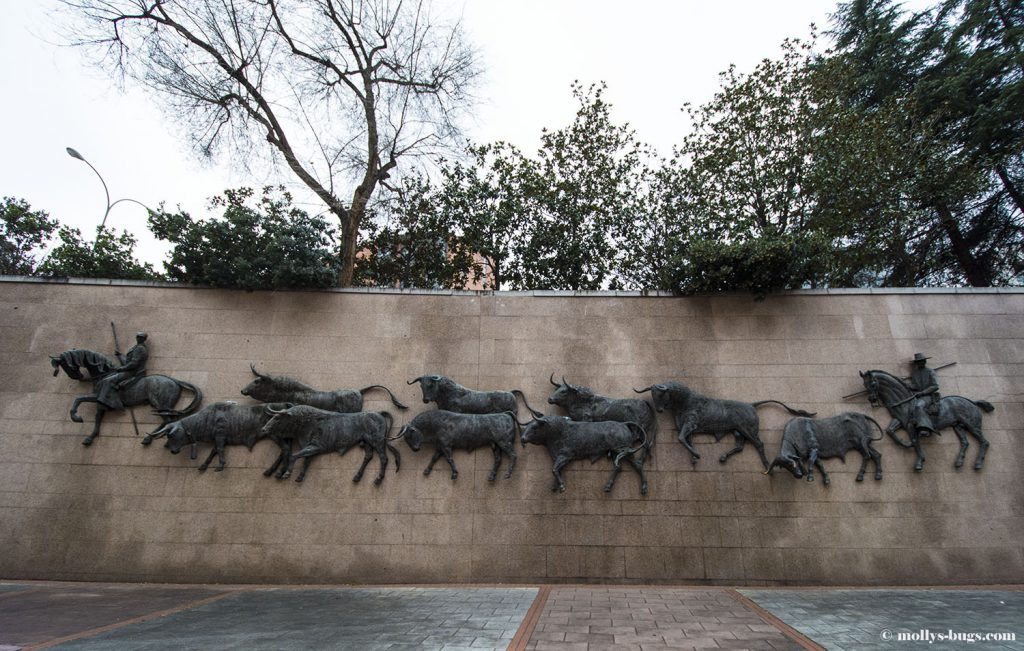
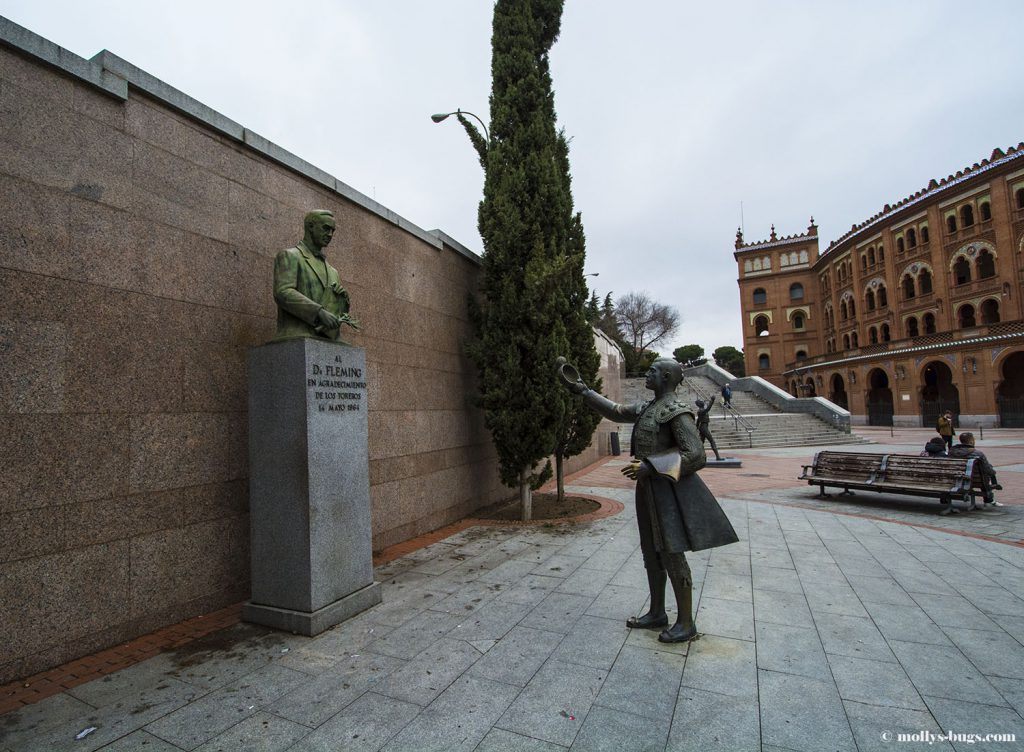
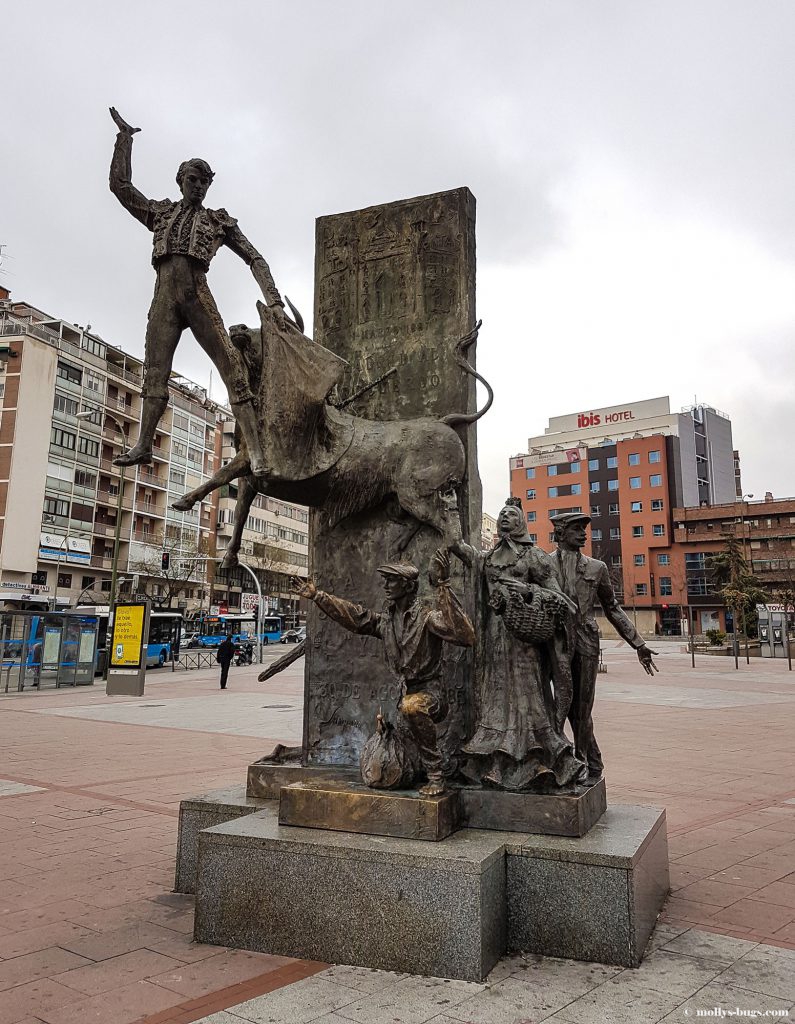
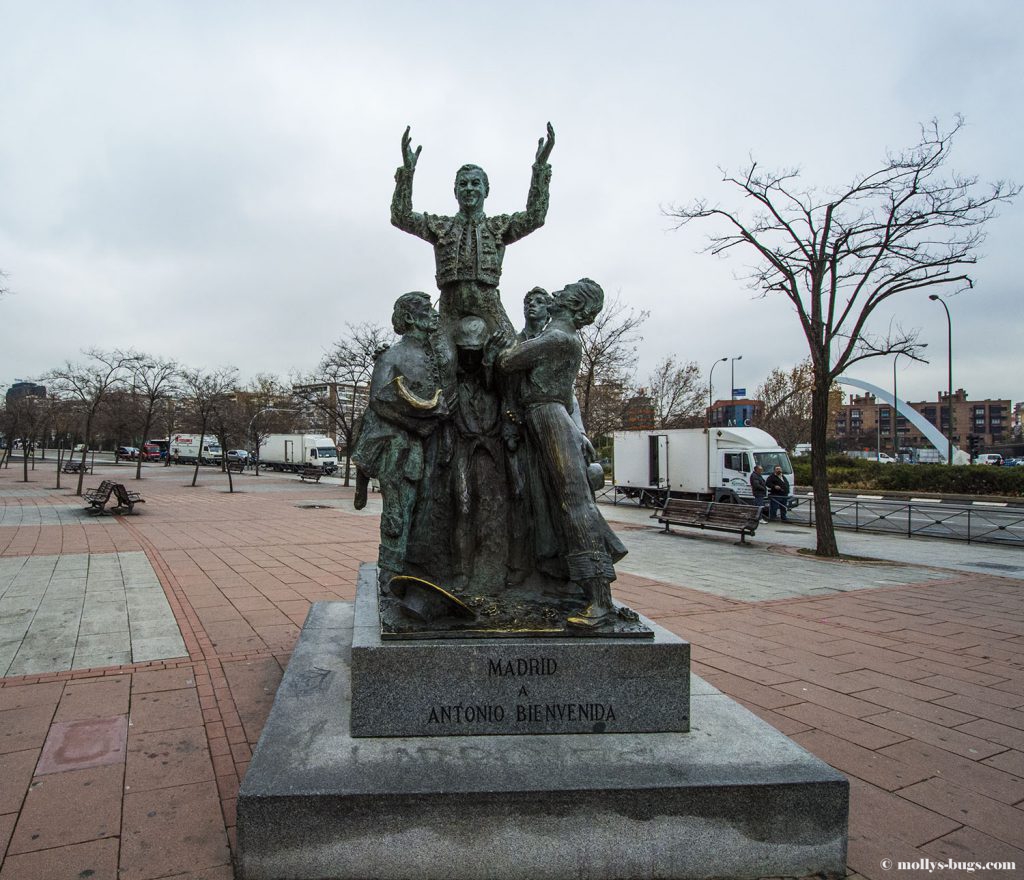
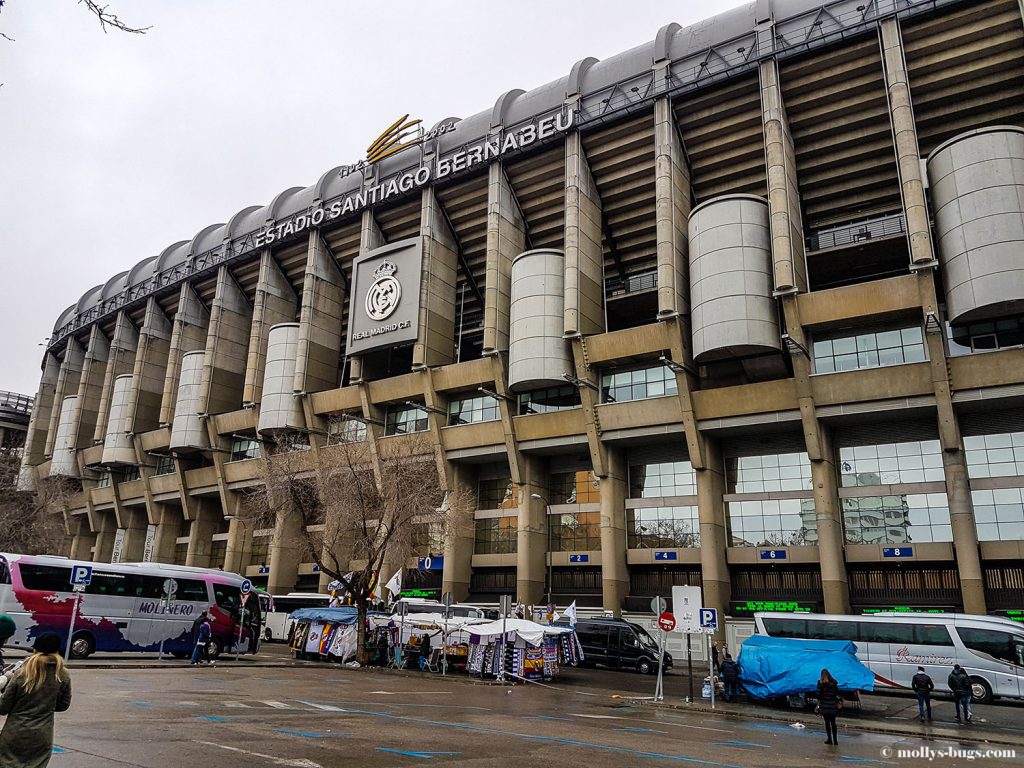
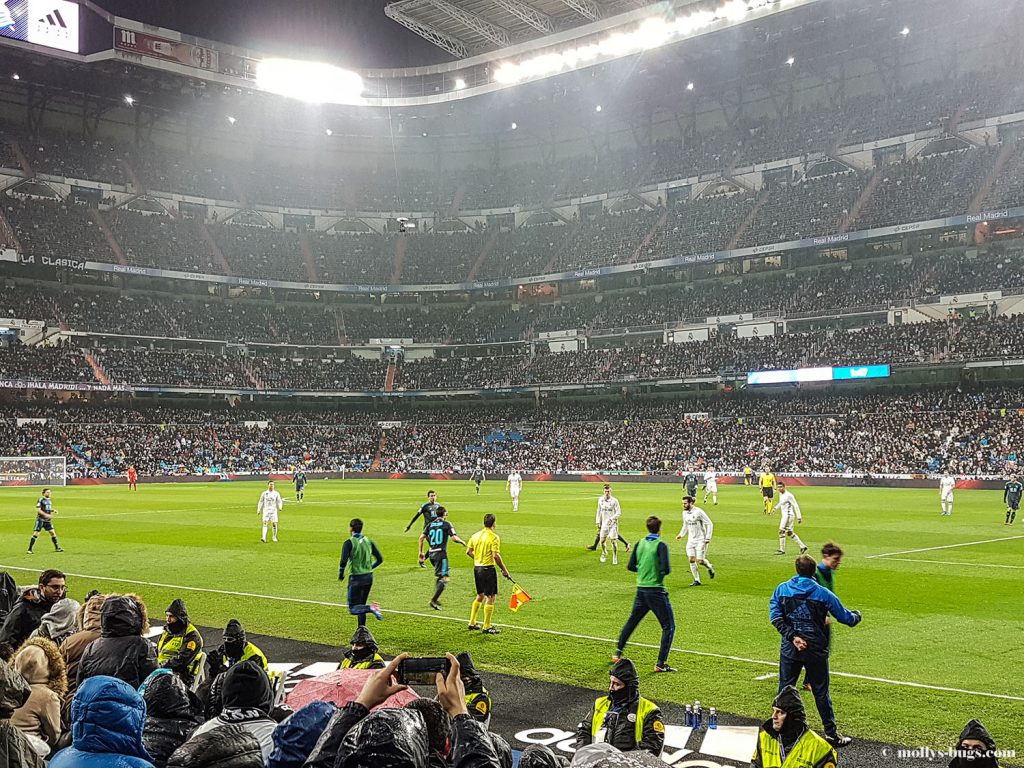

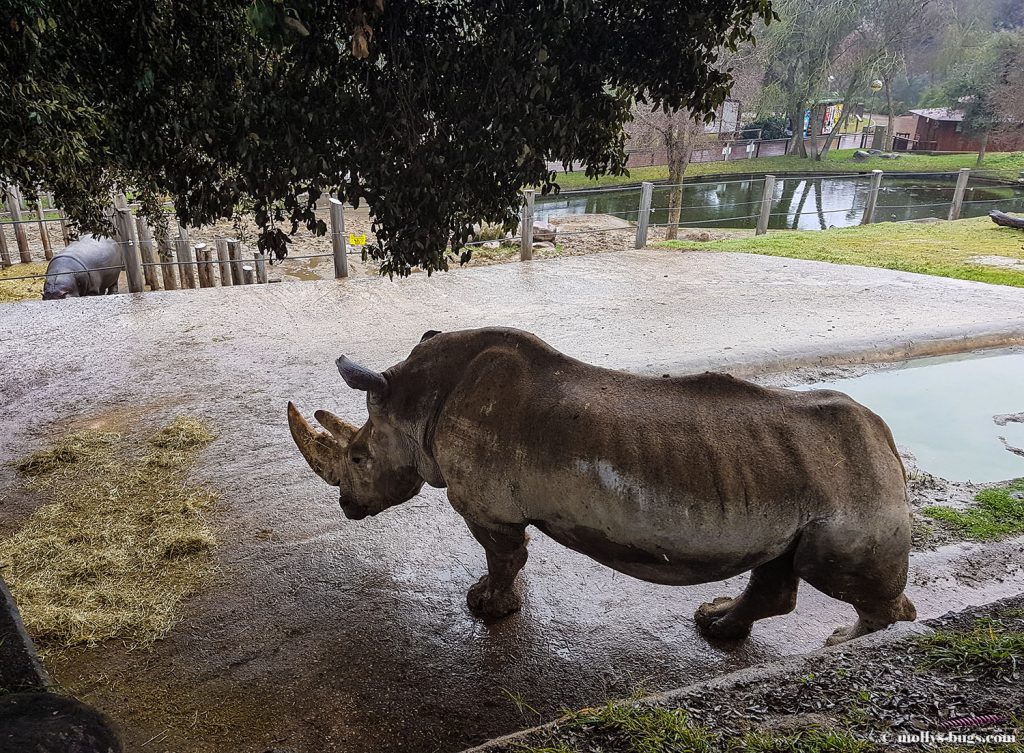
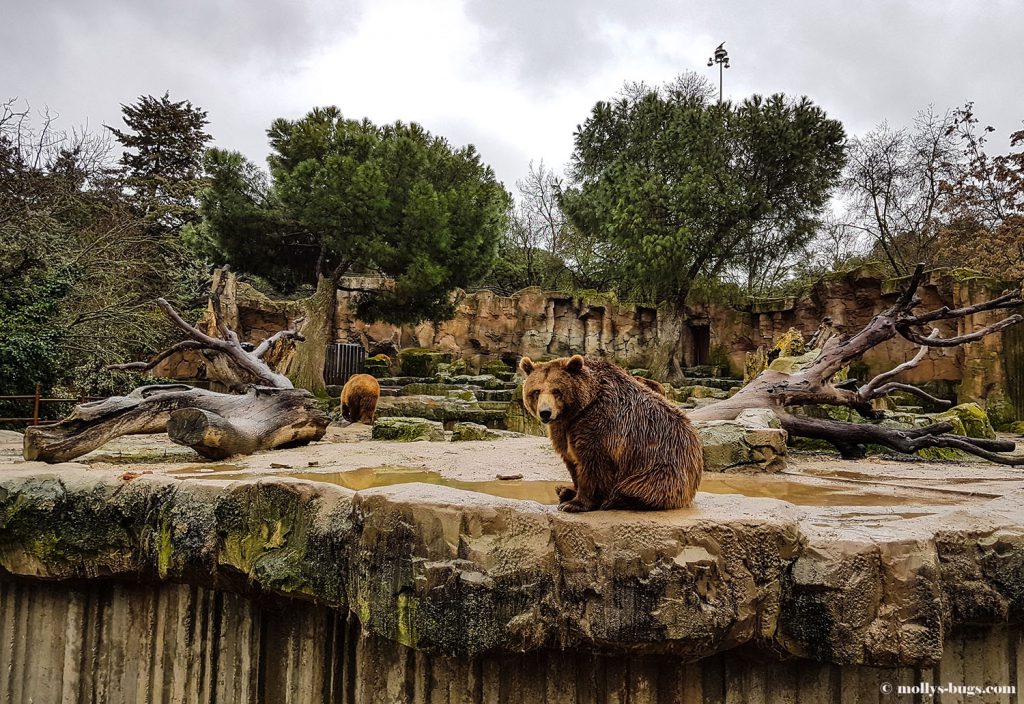
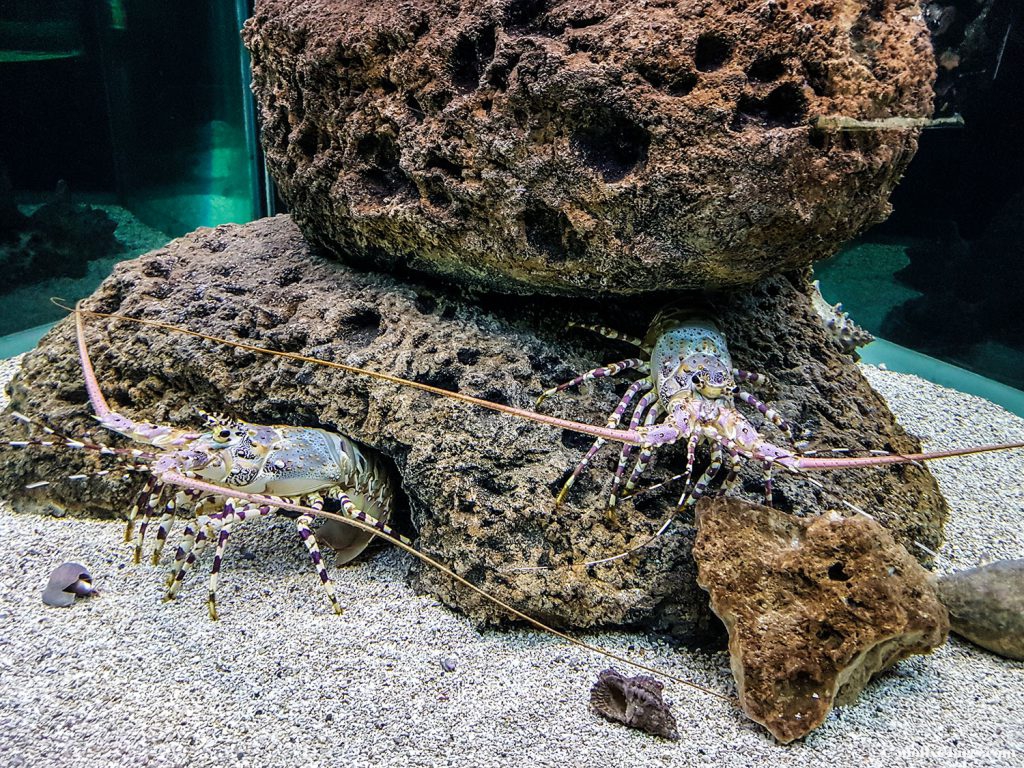
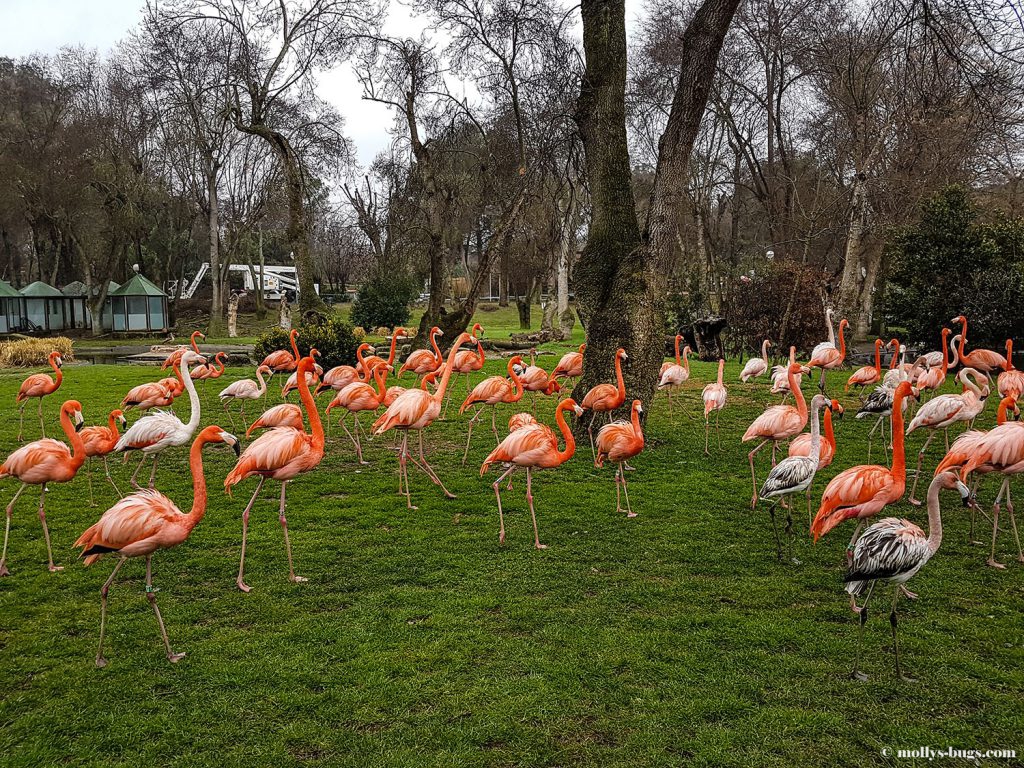
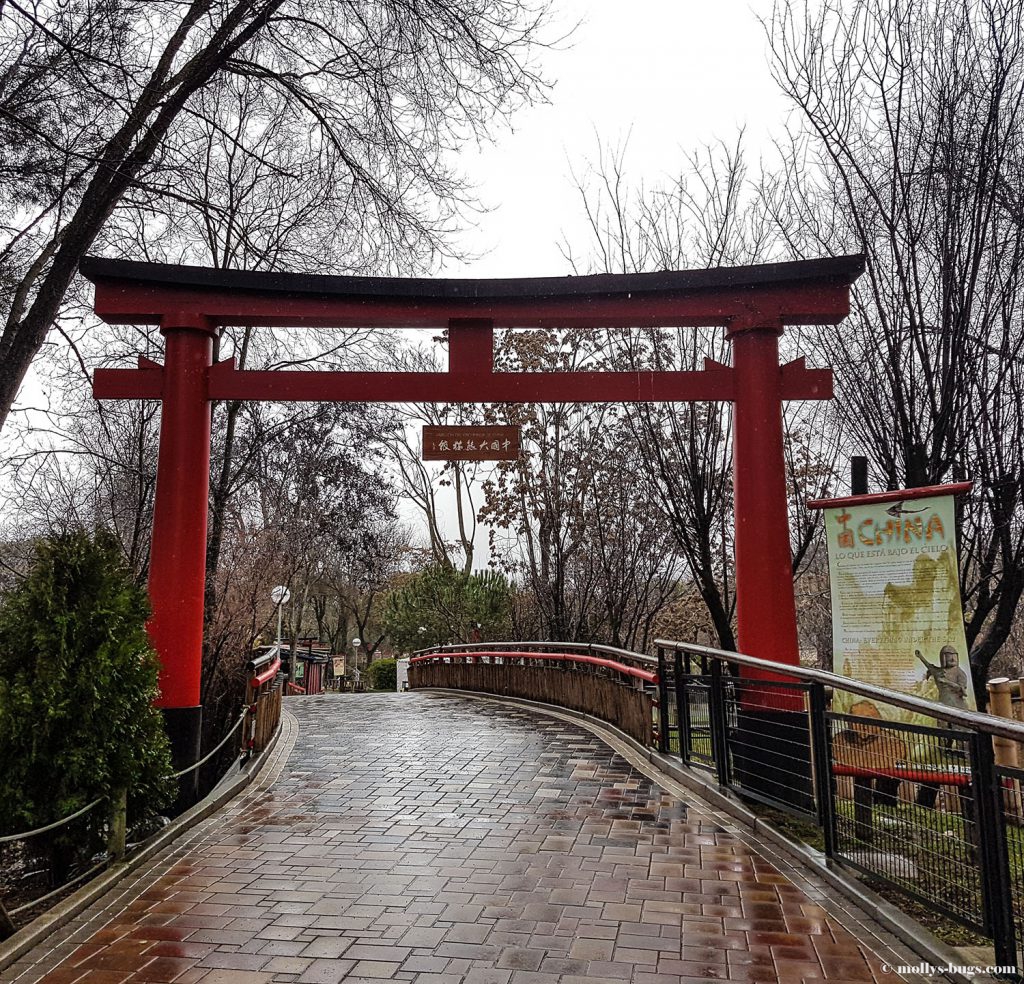
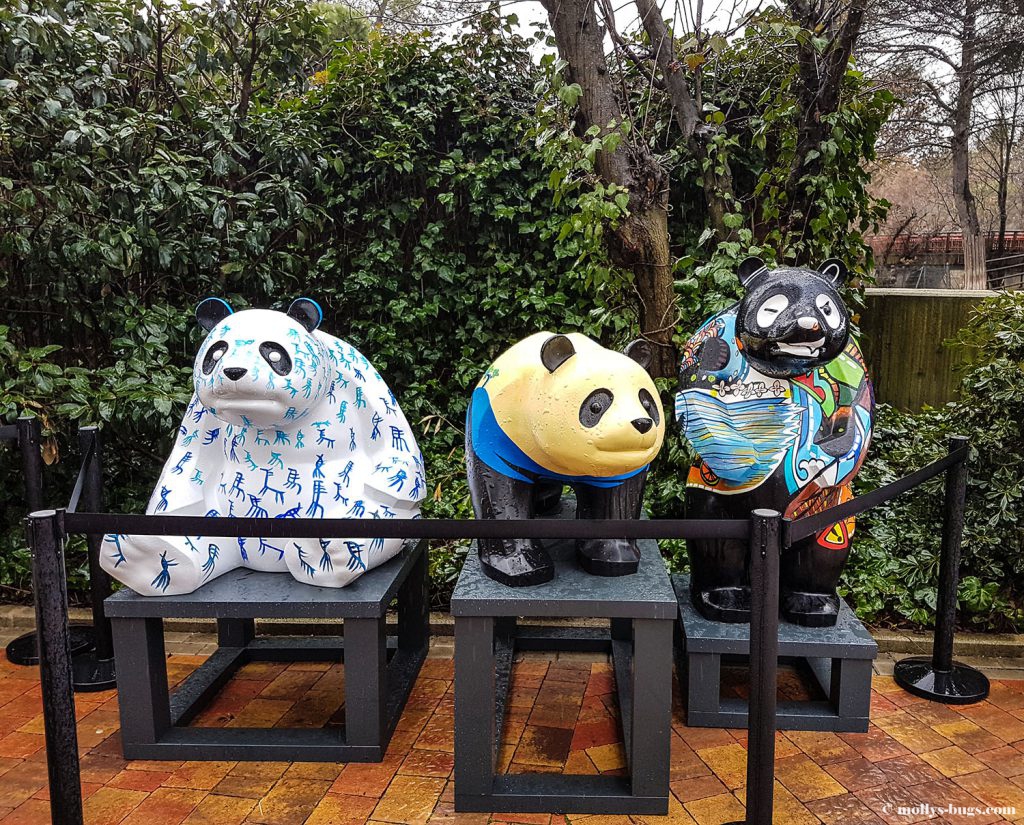
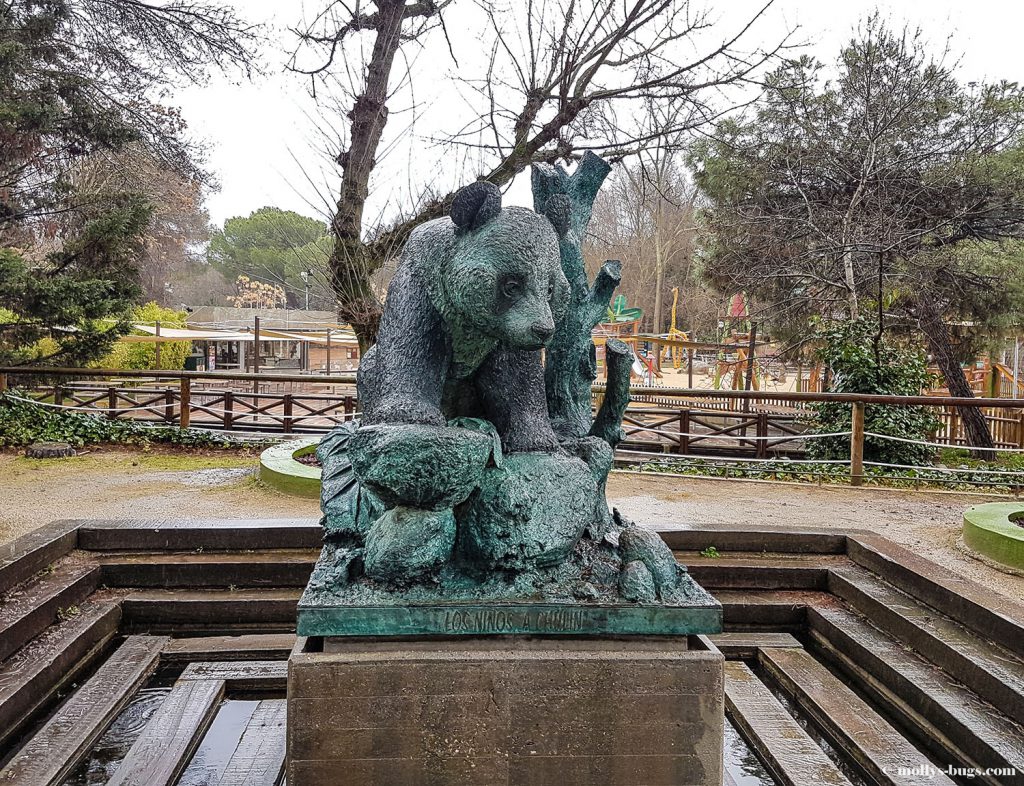
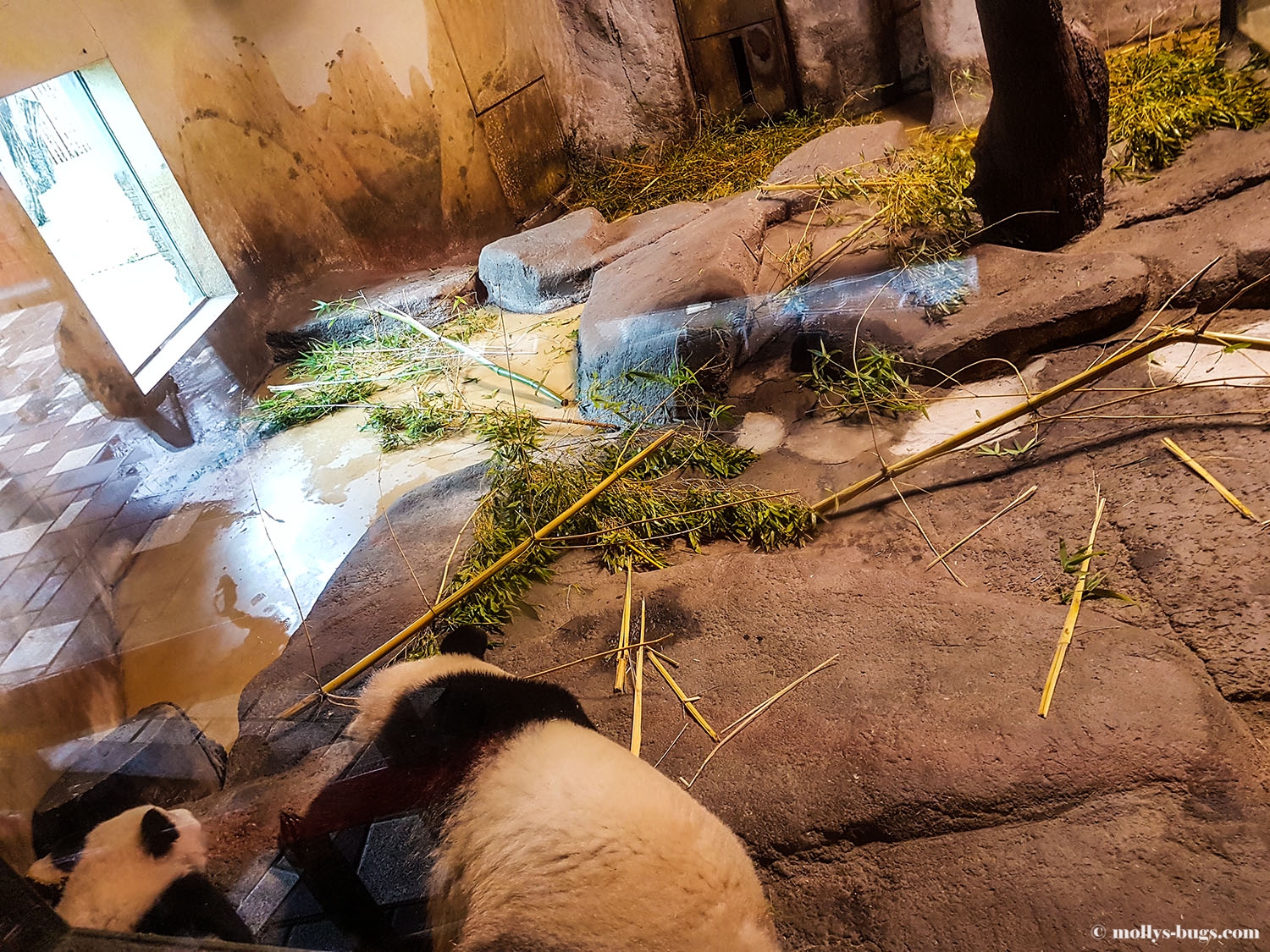
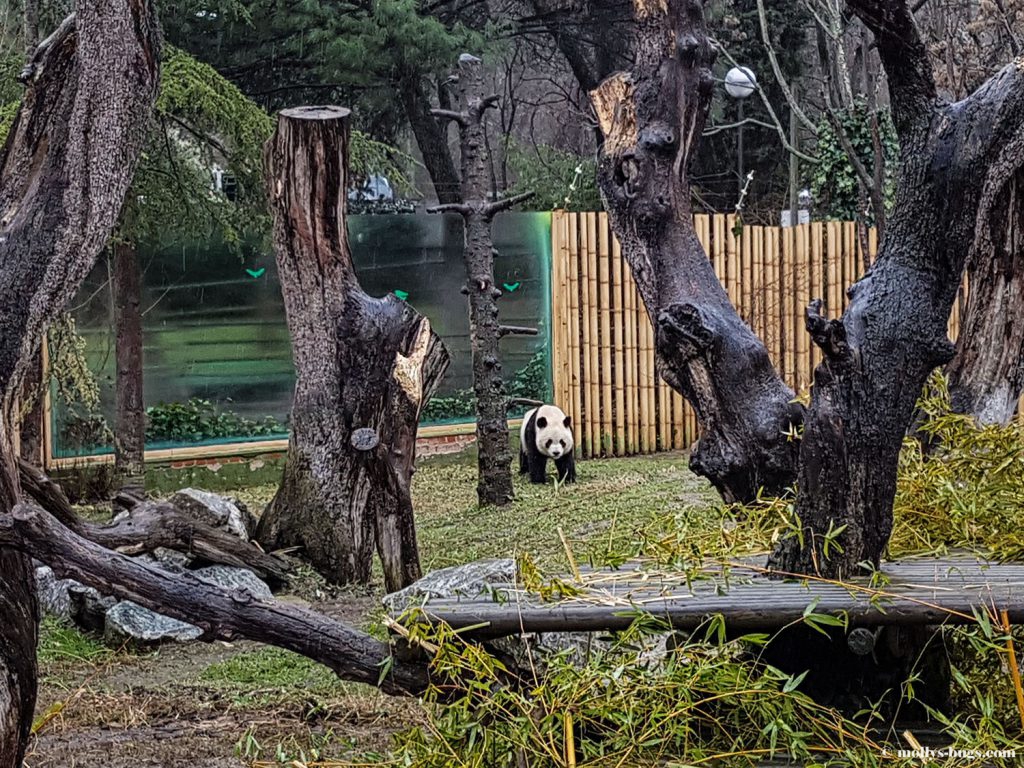
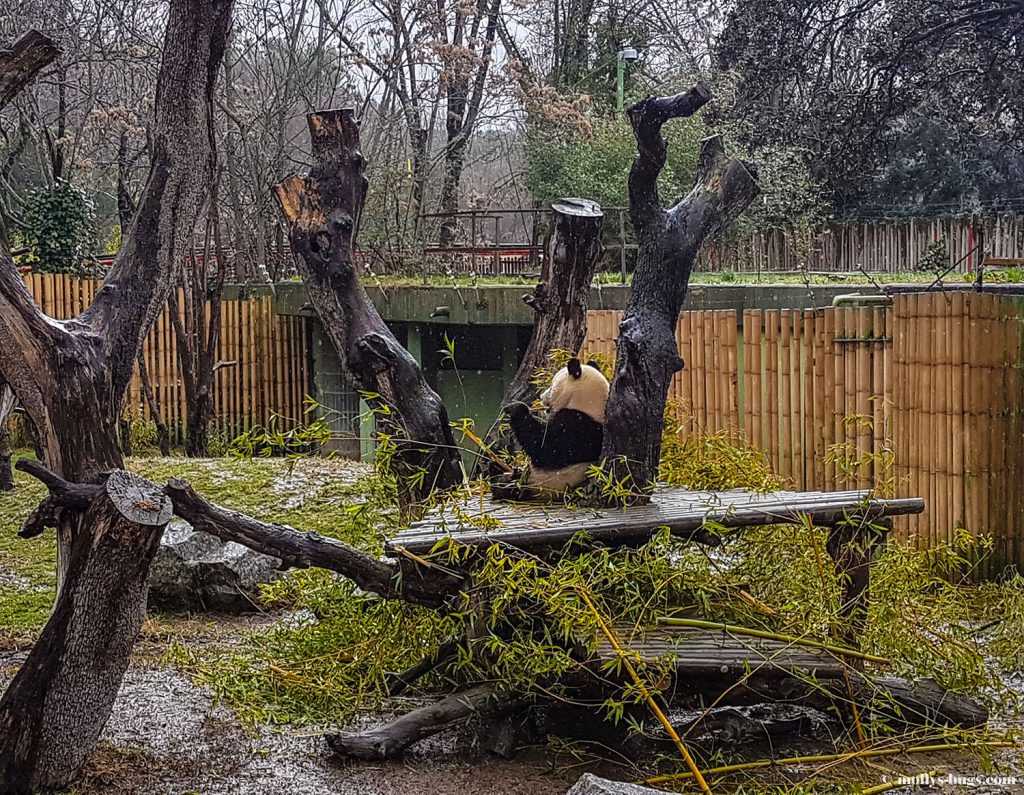
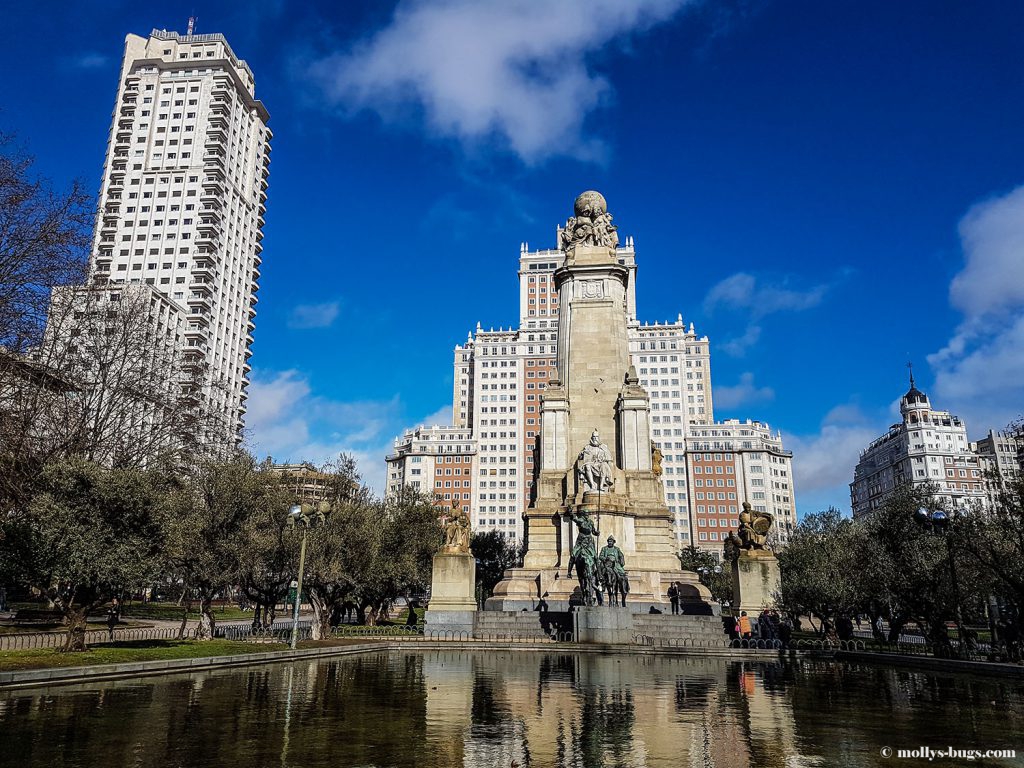
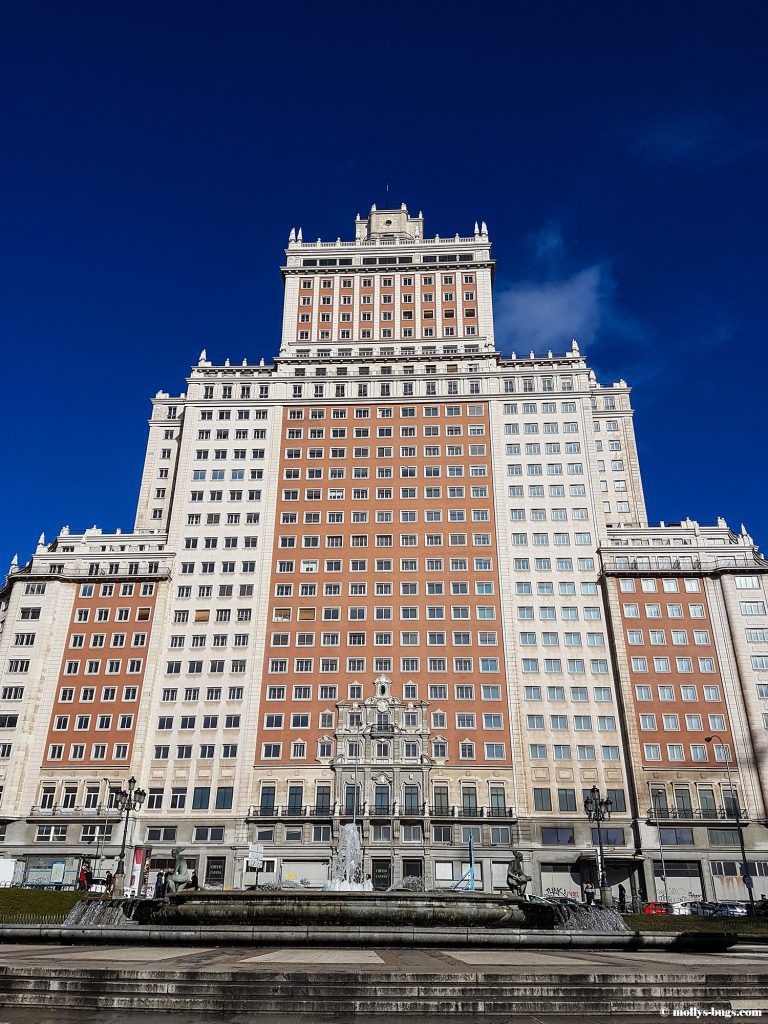
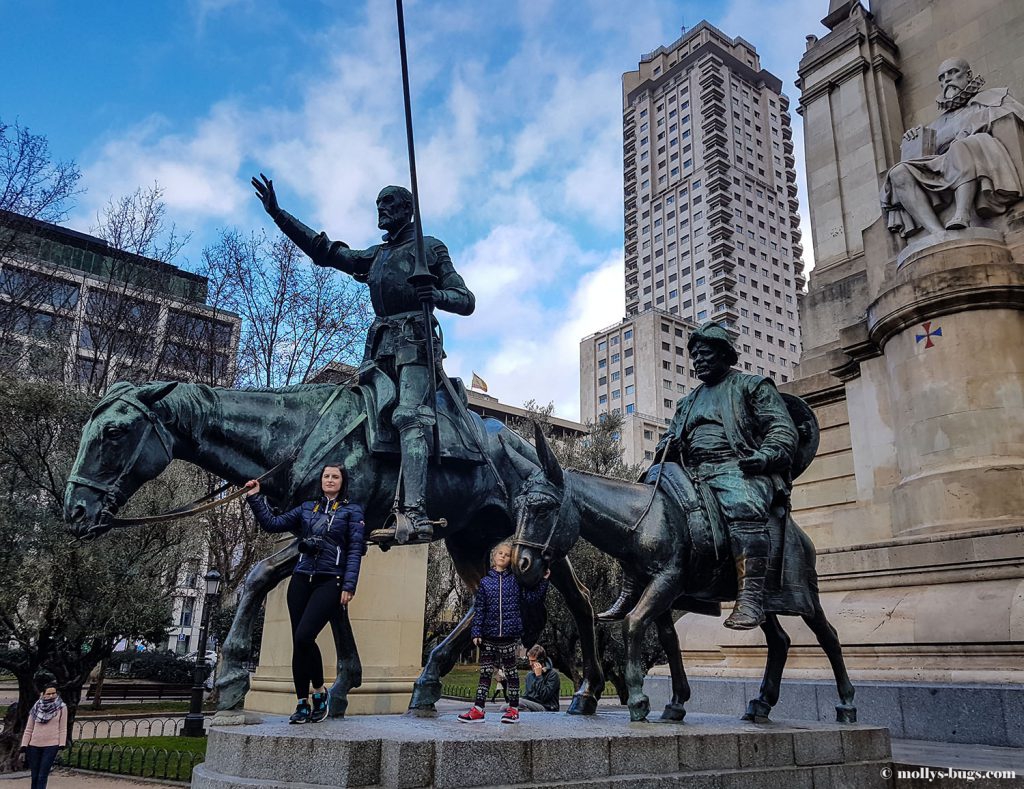
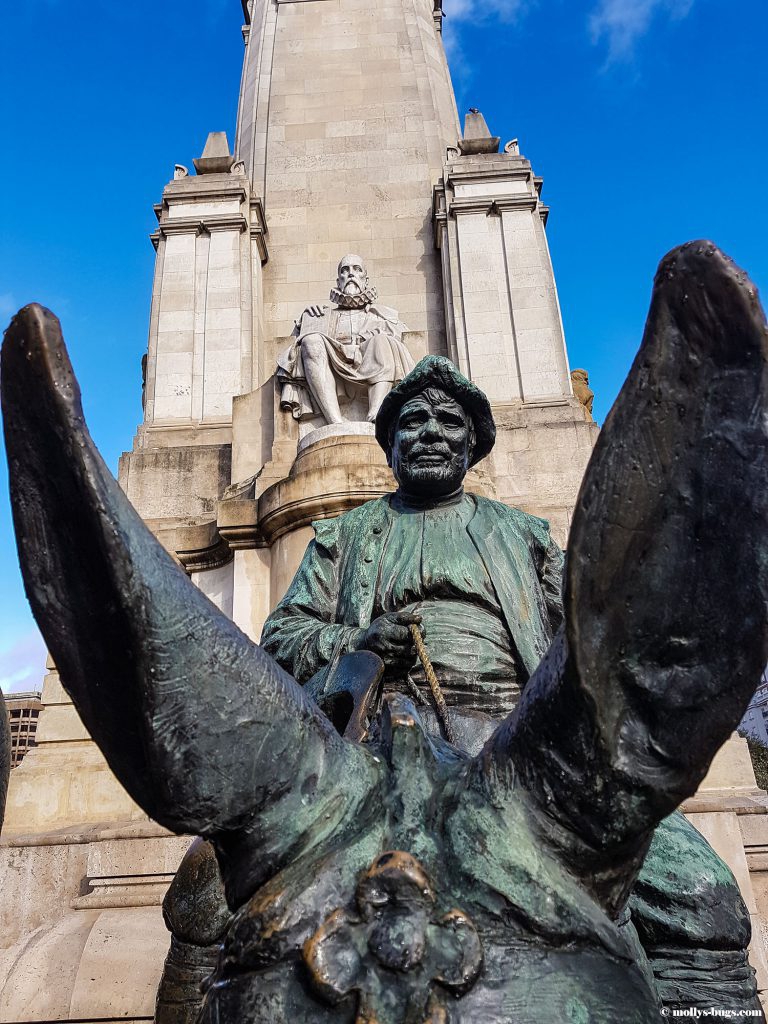
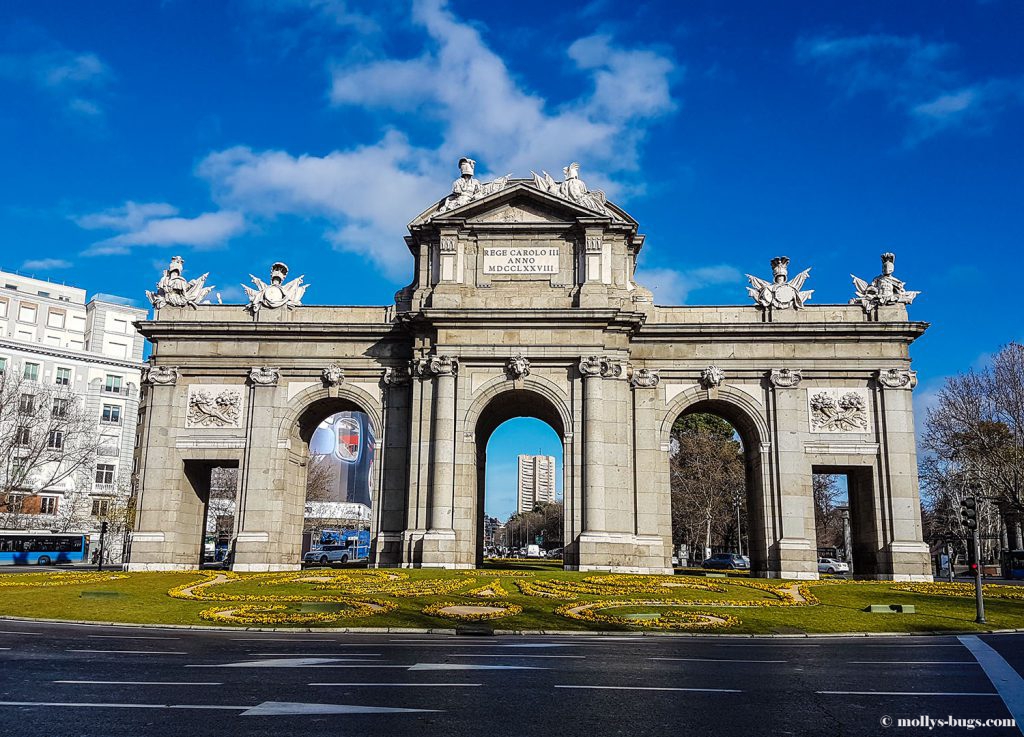
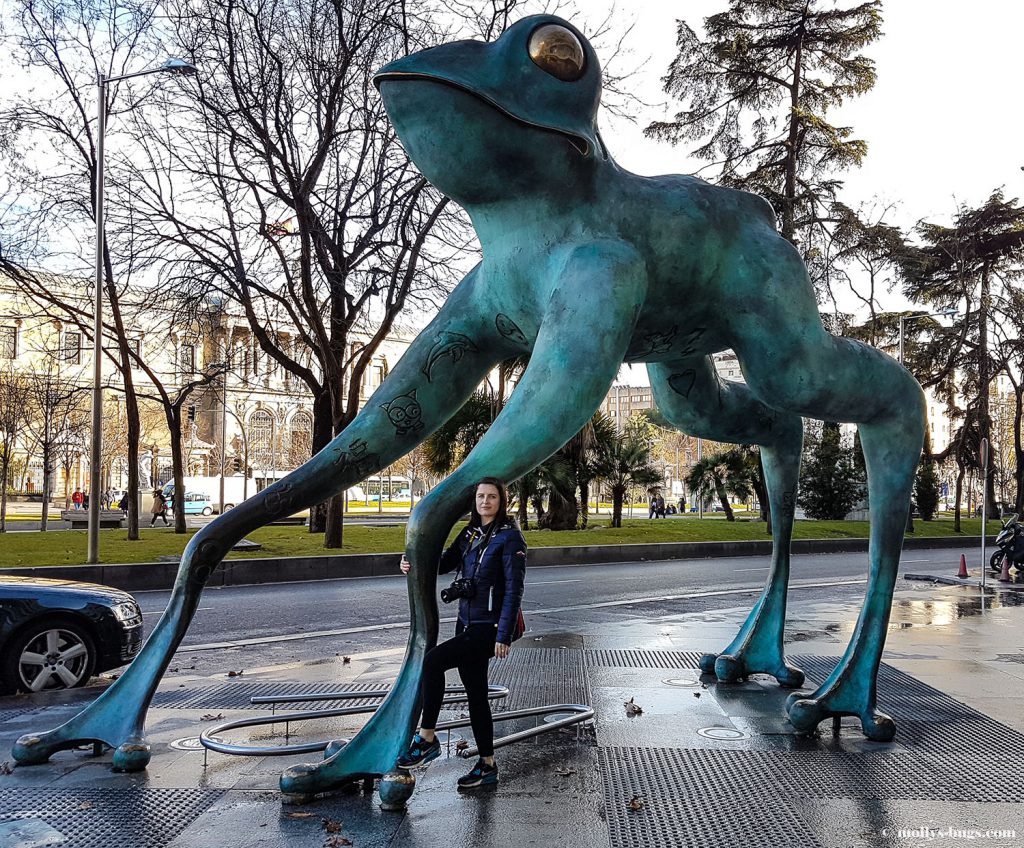
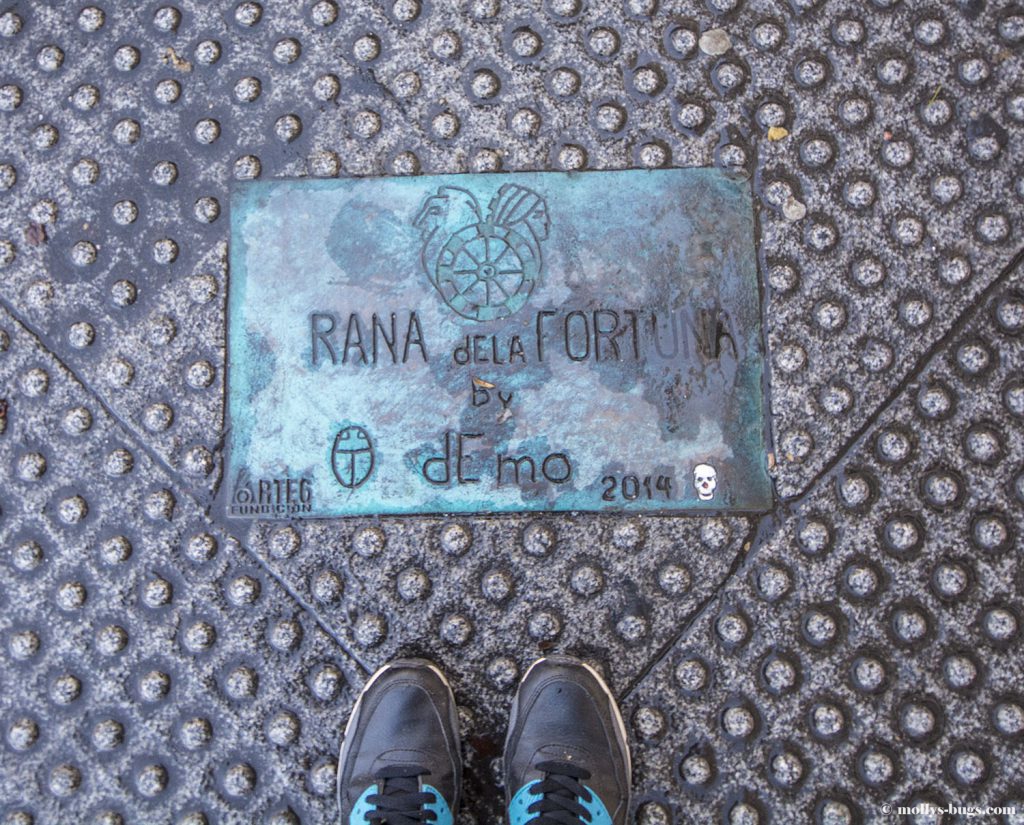


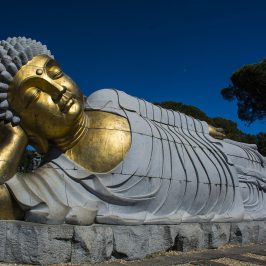
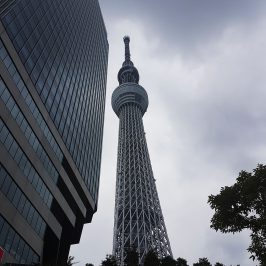


Leave a Reply